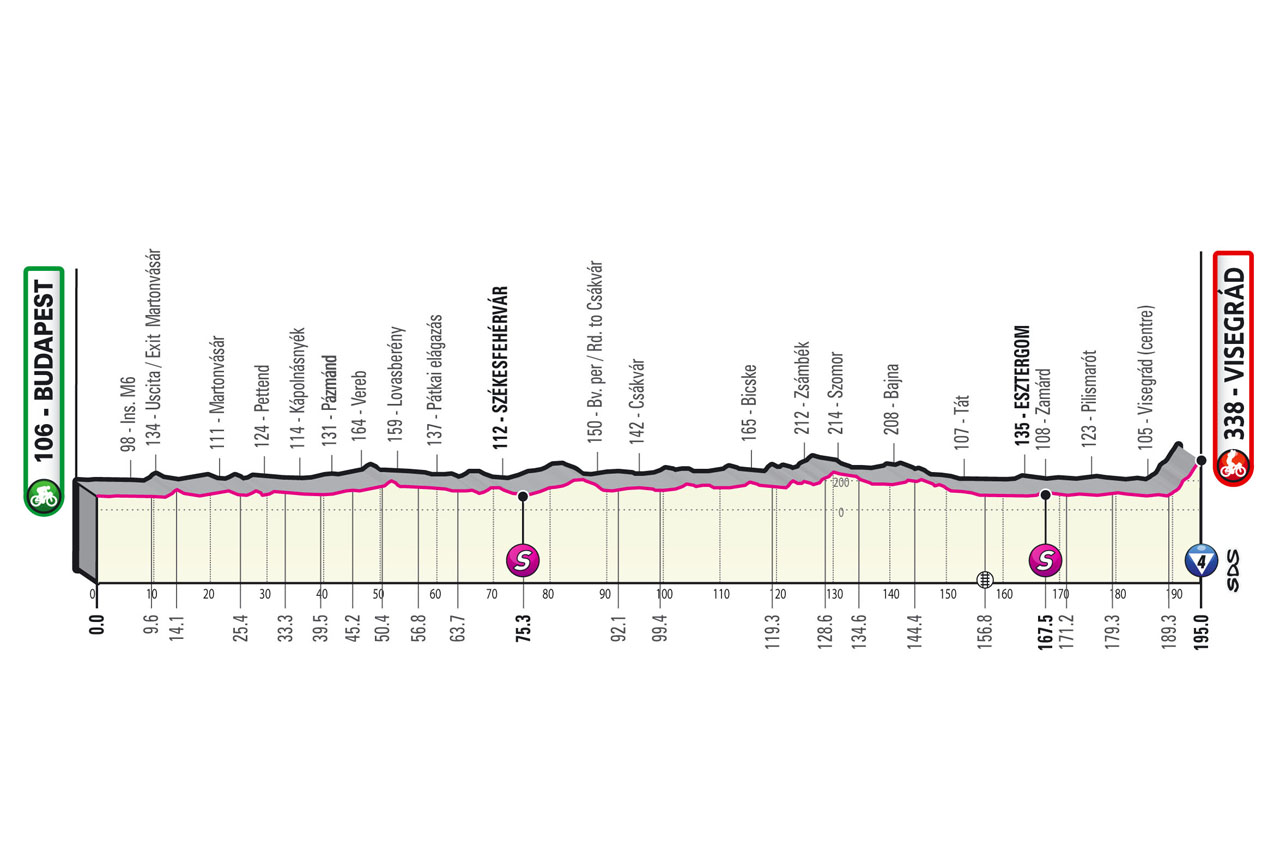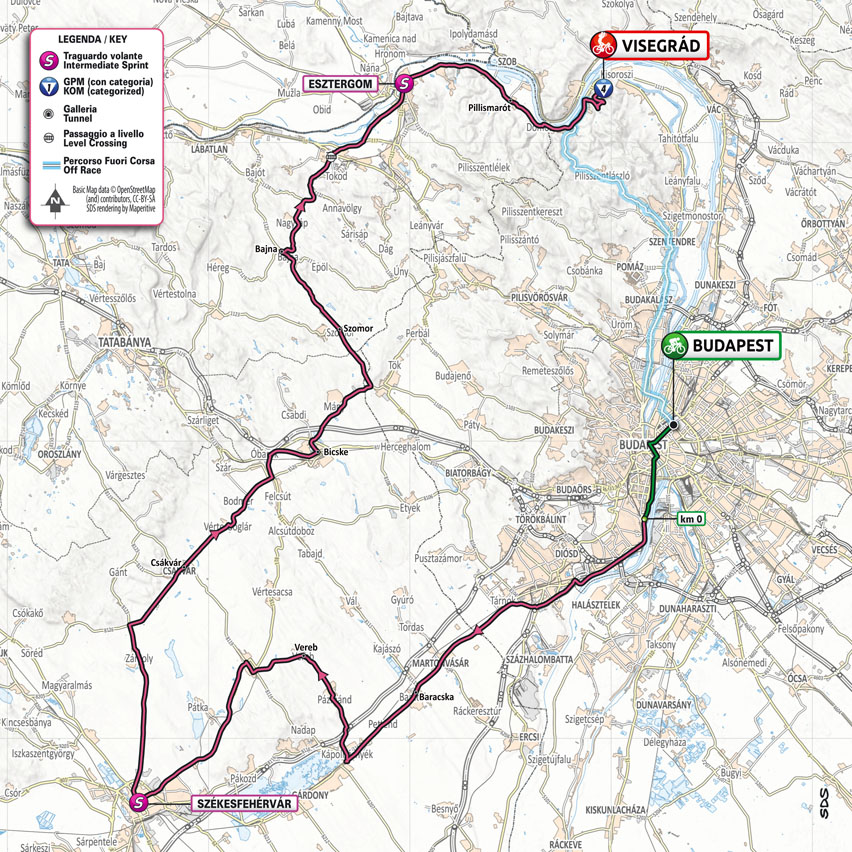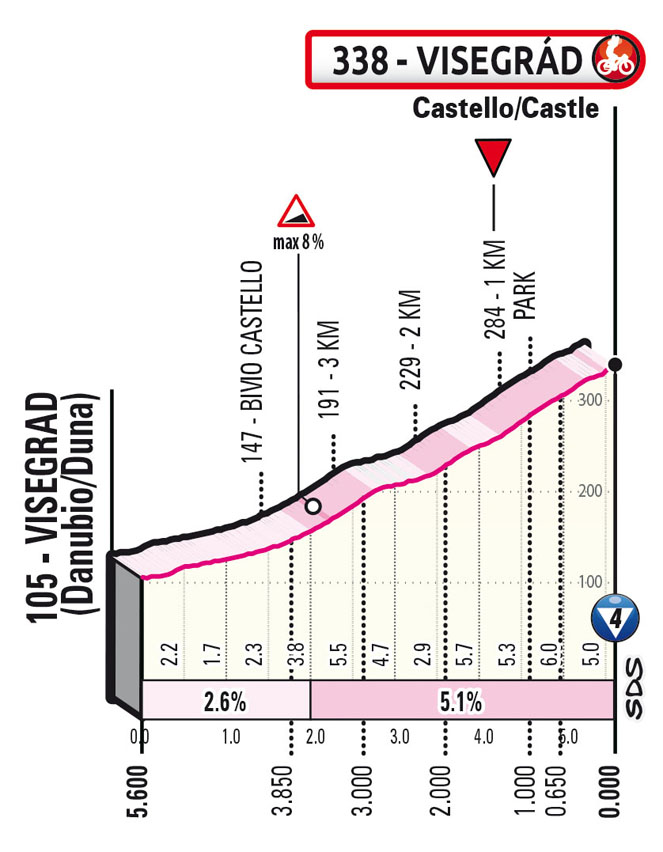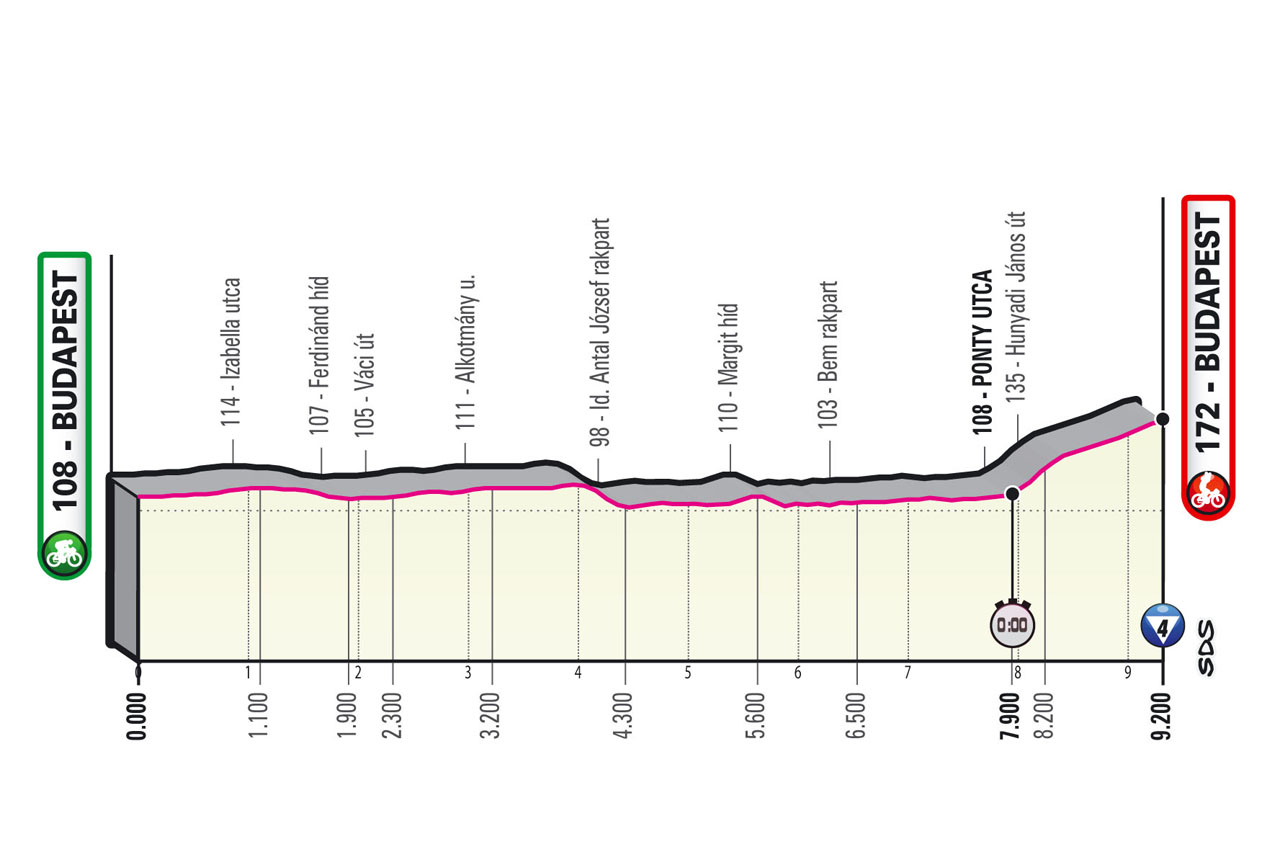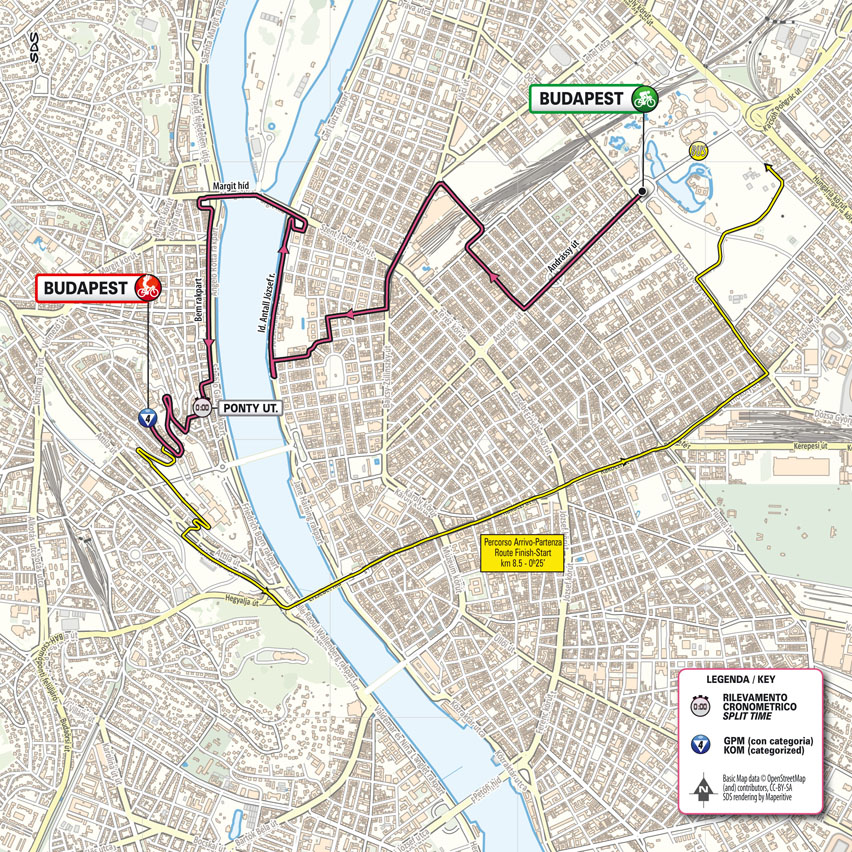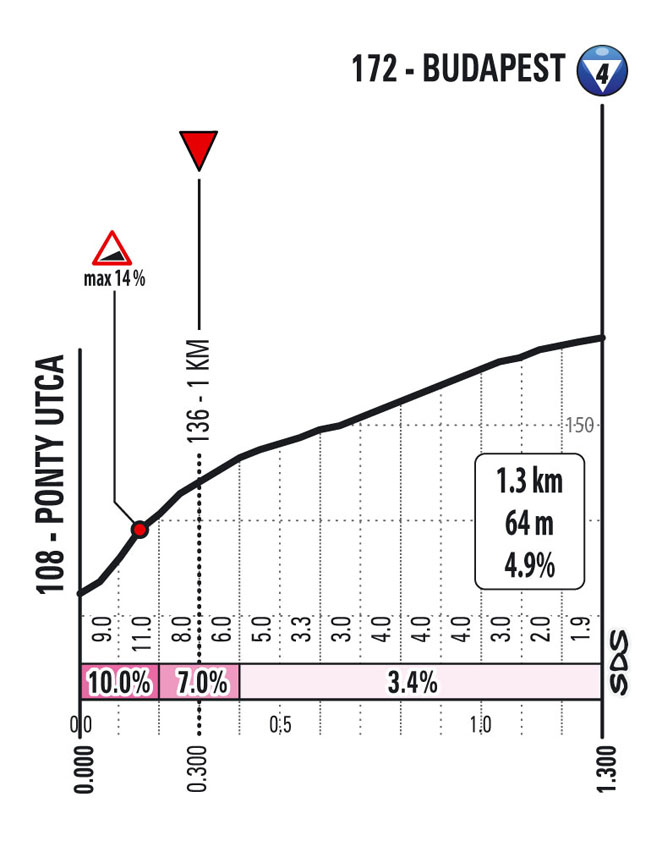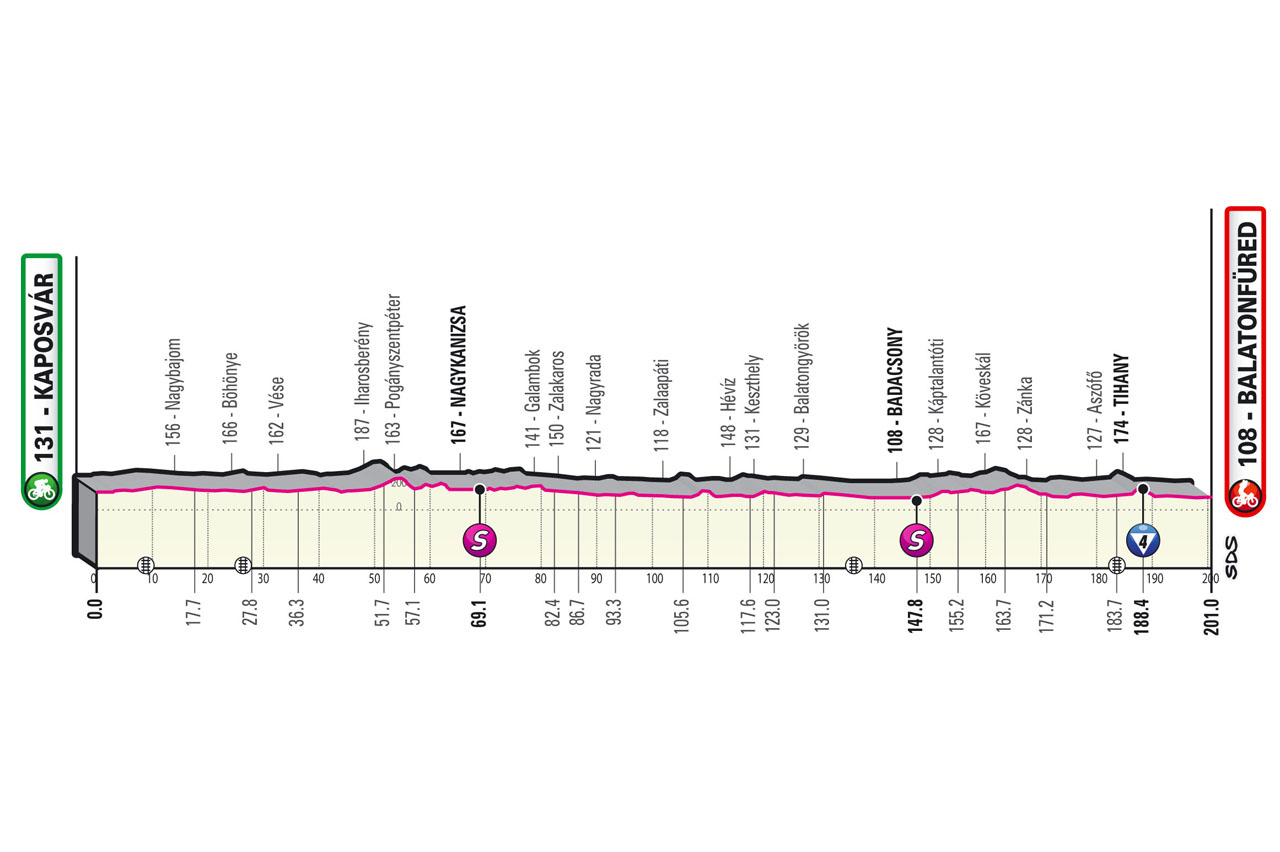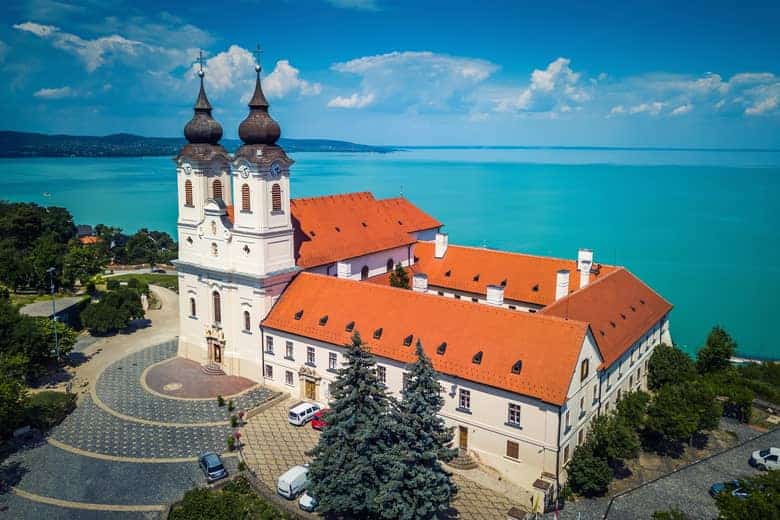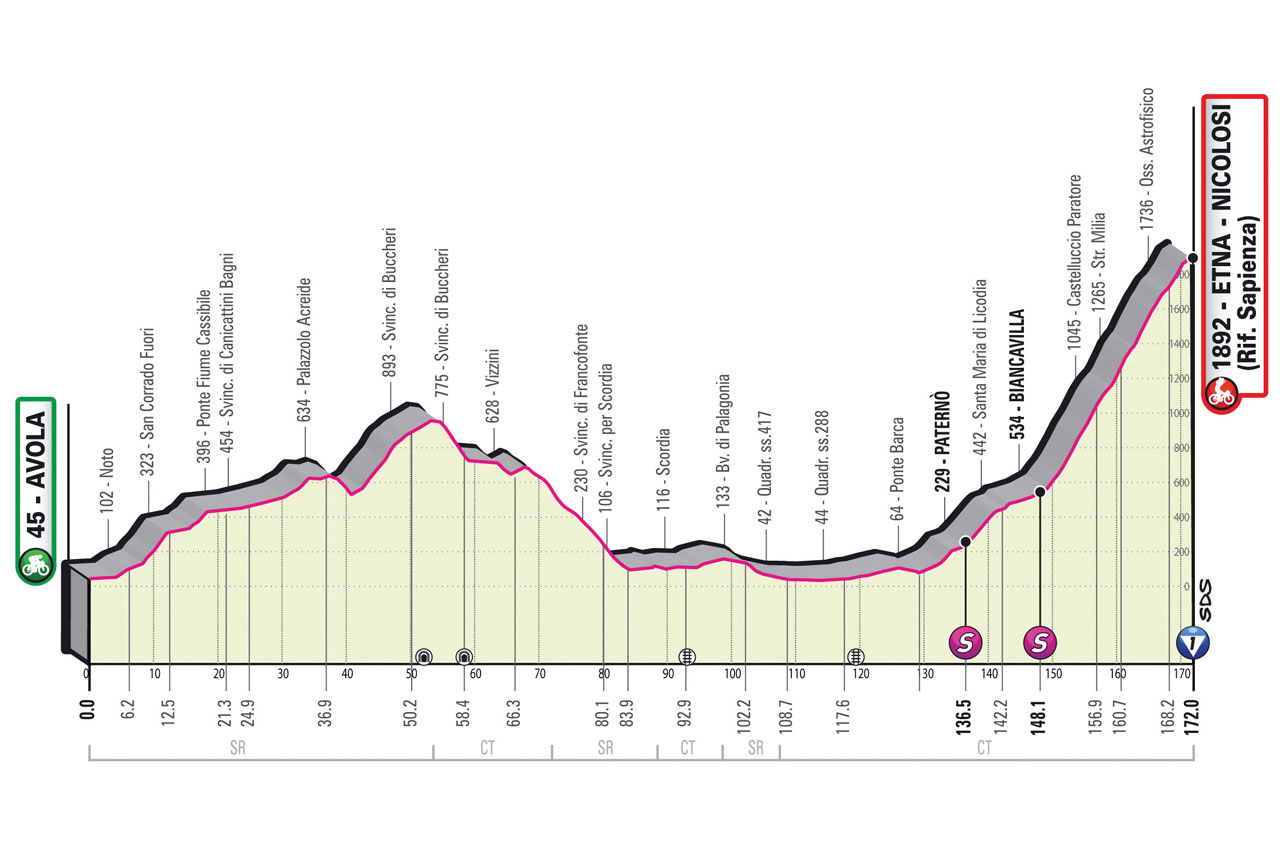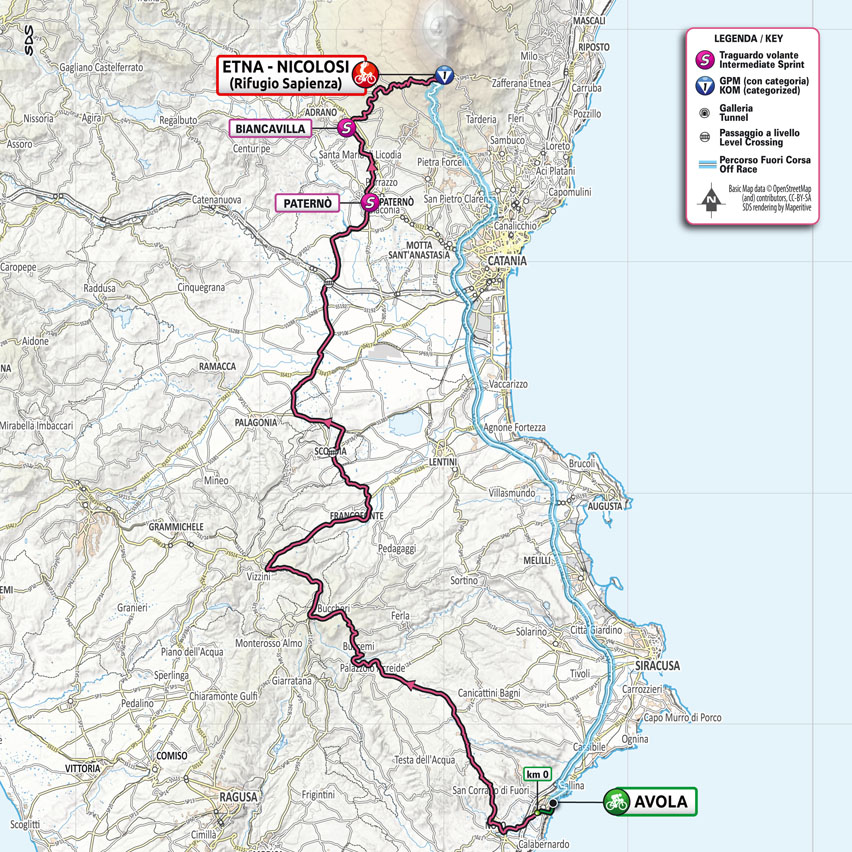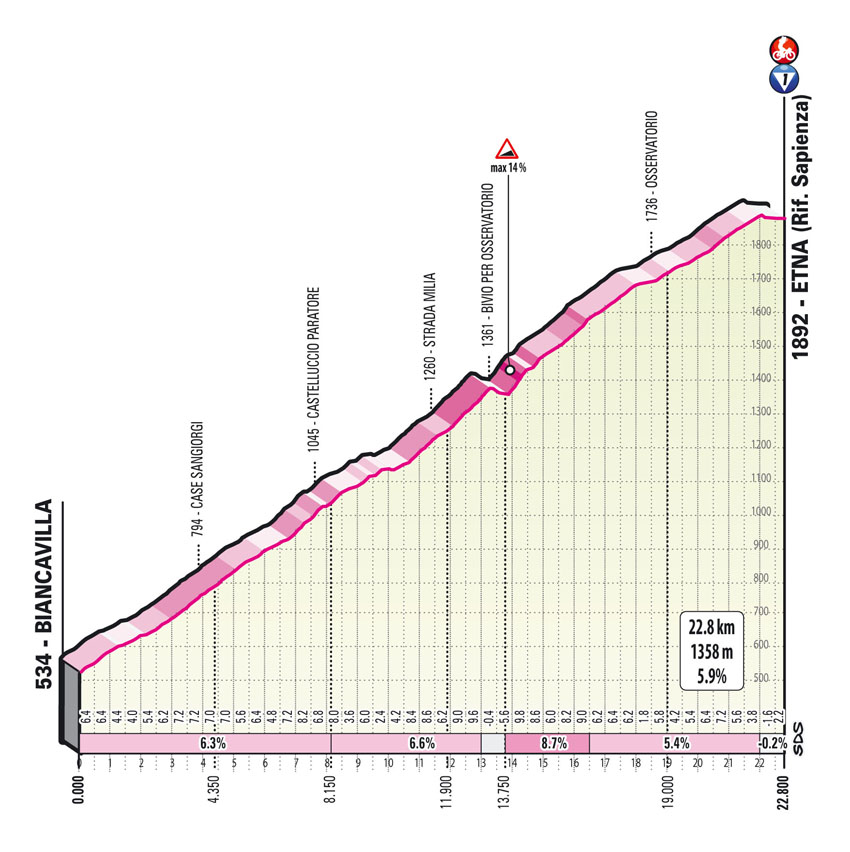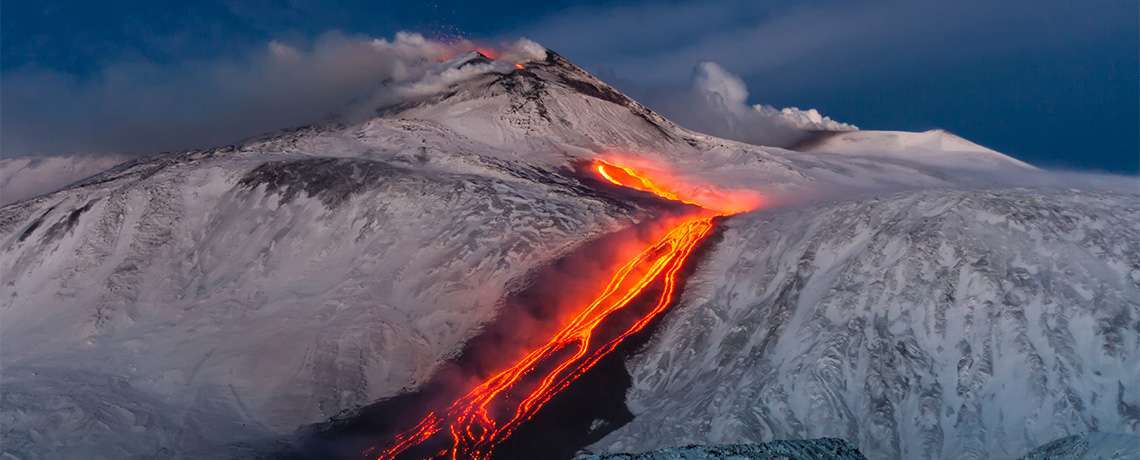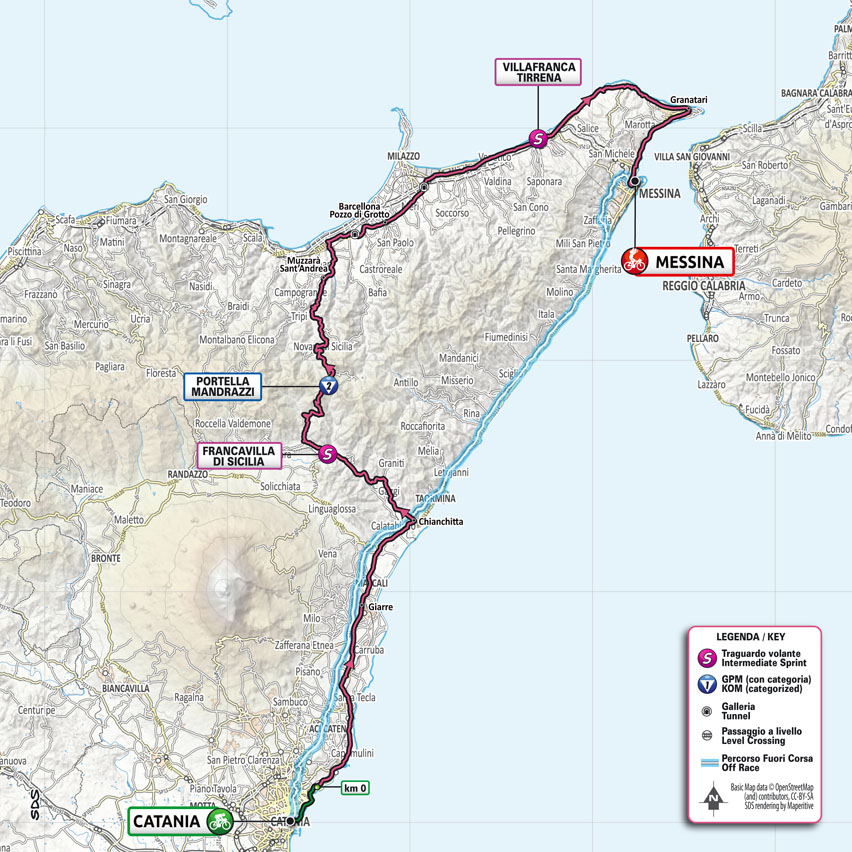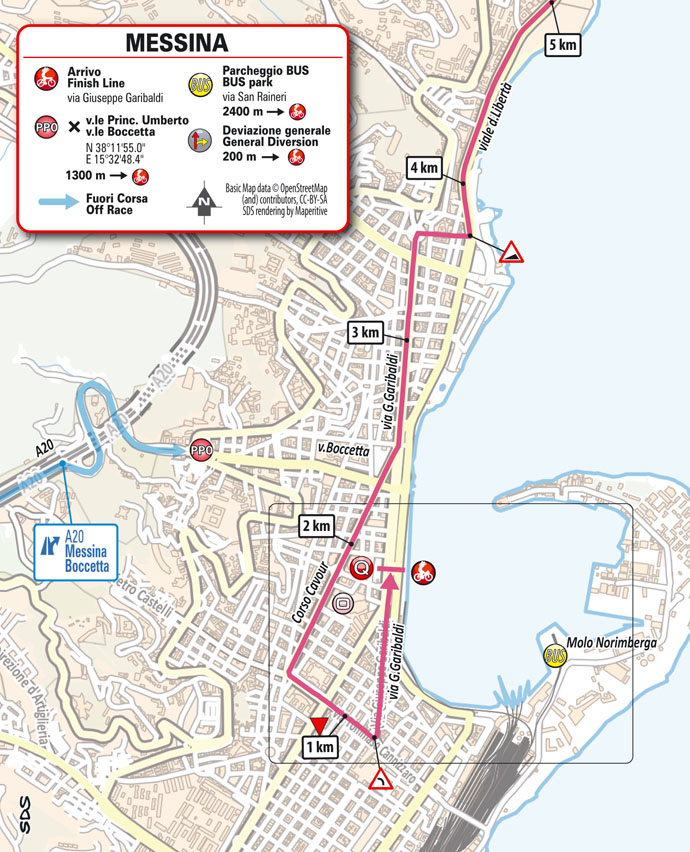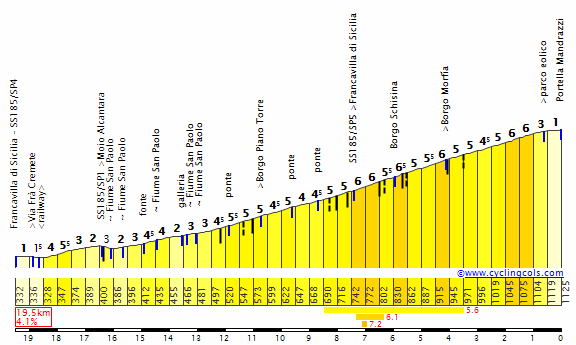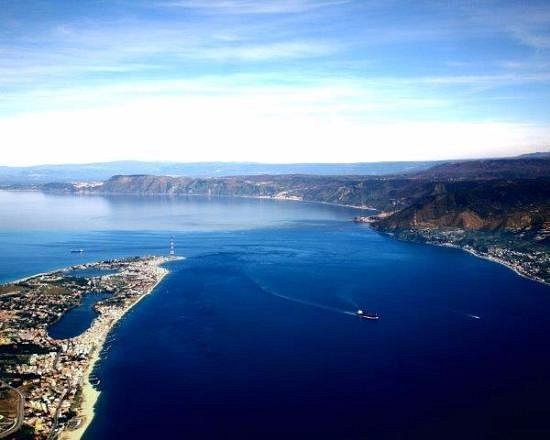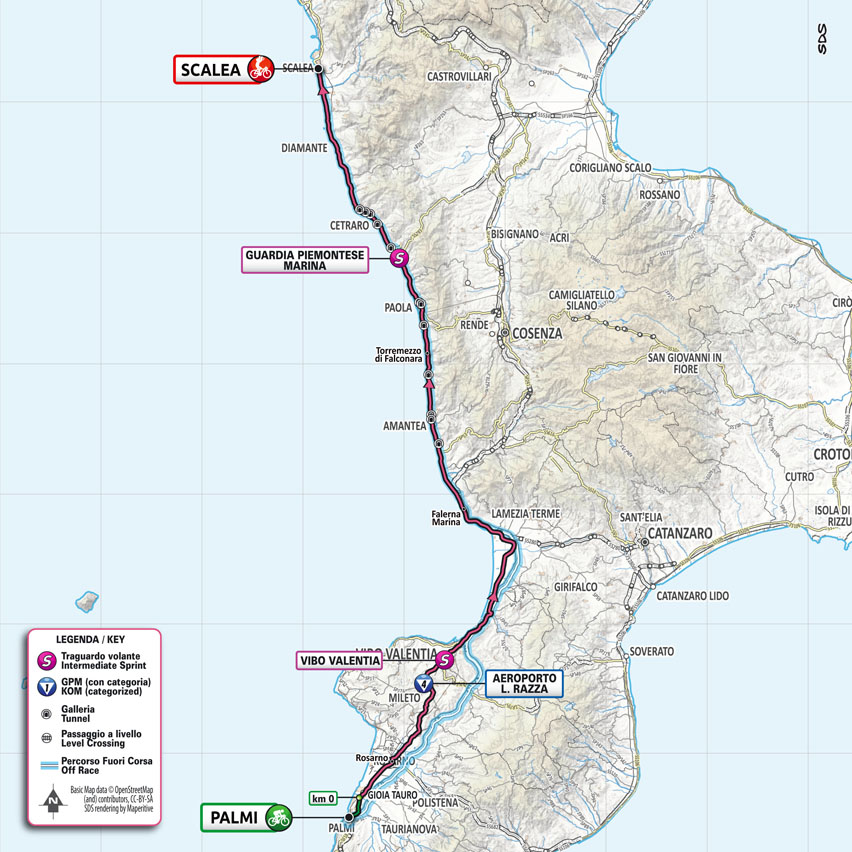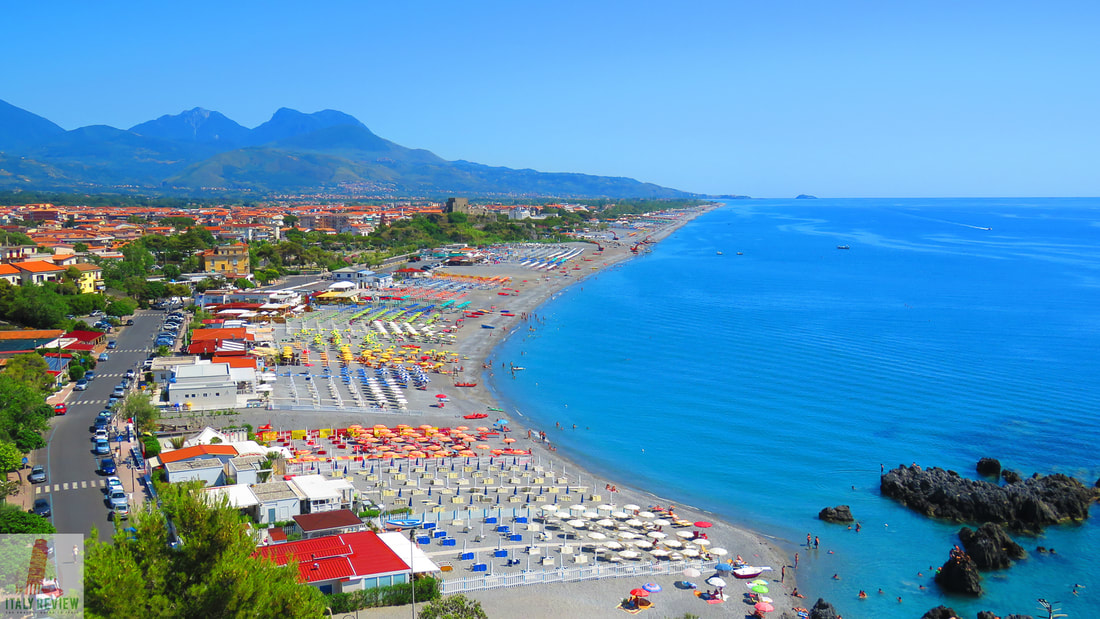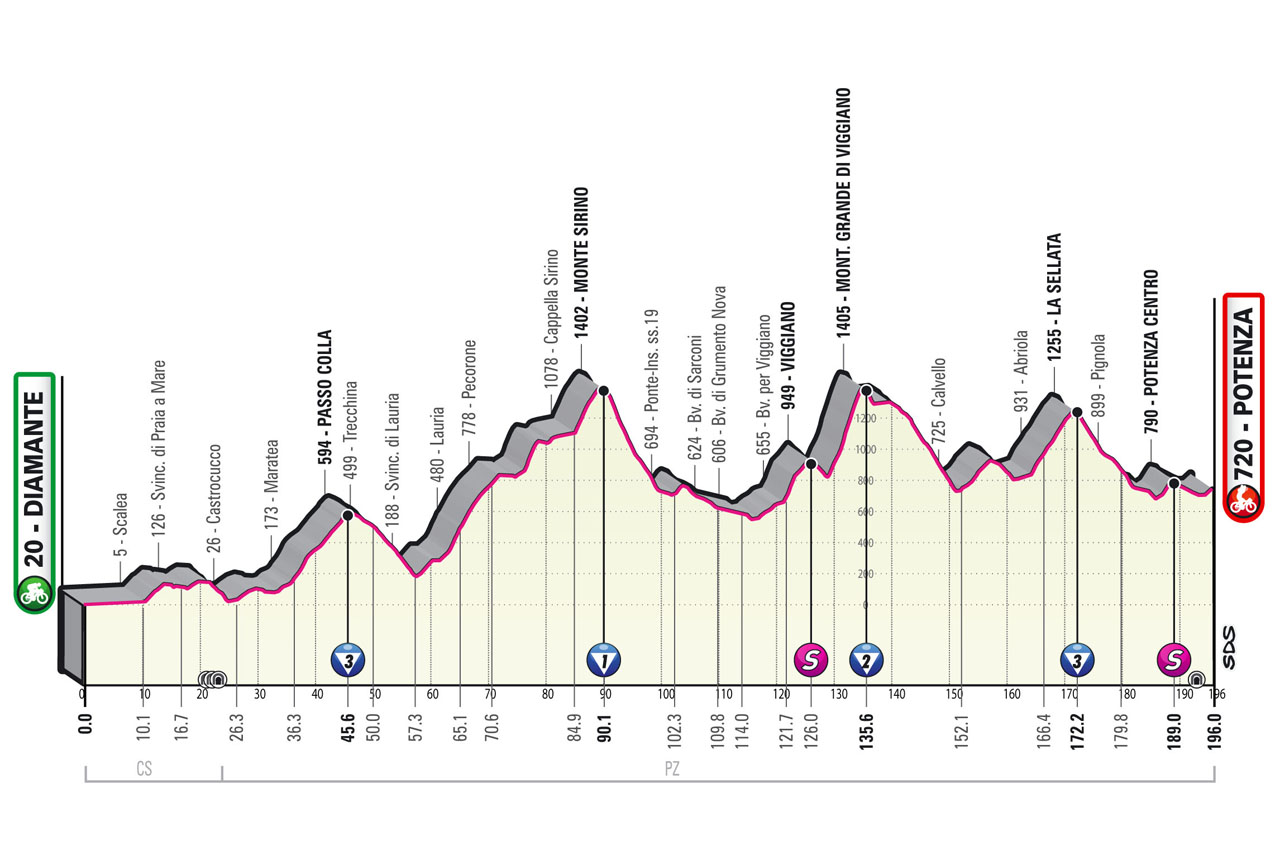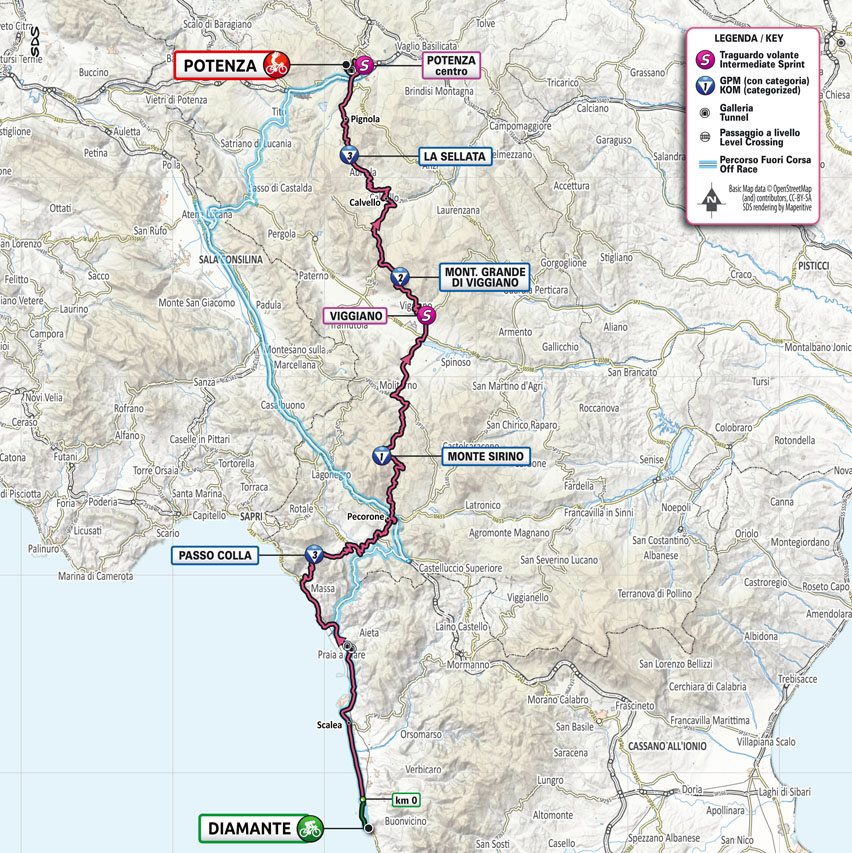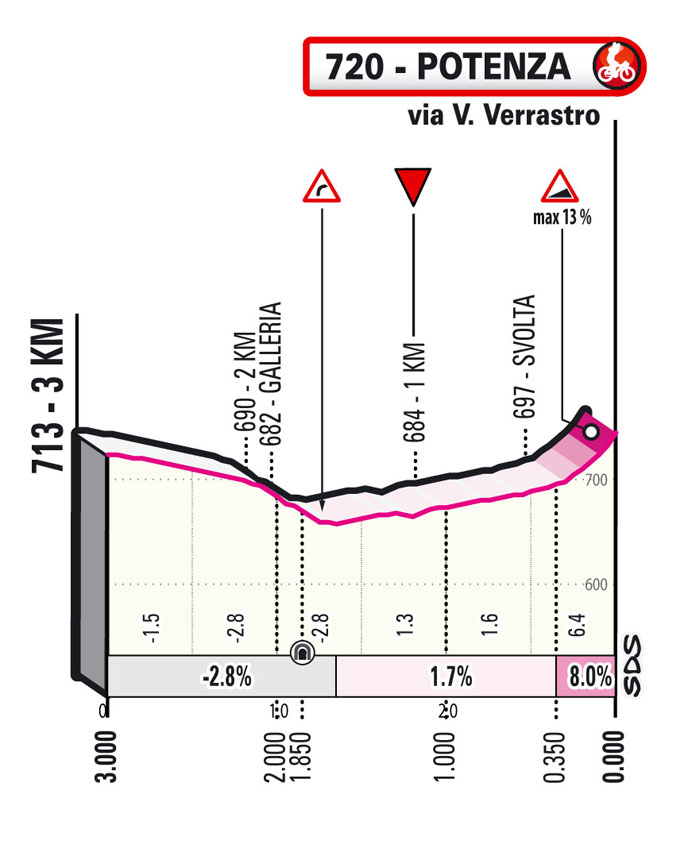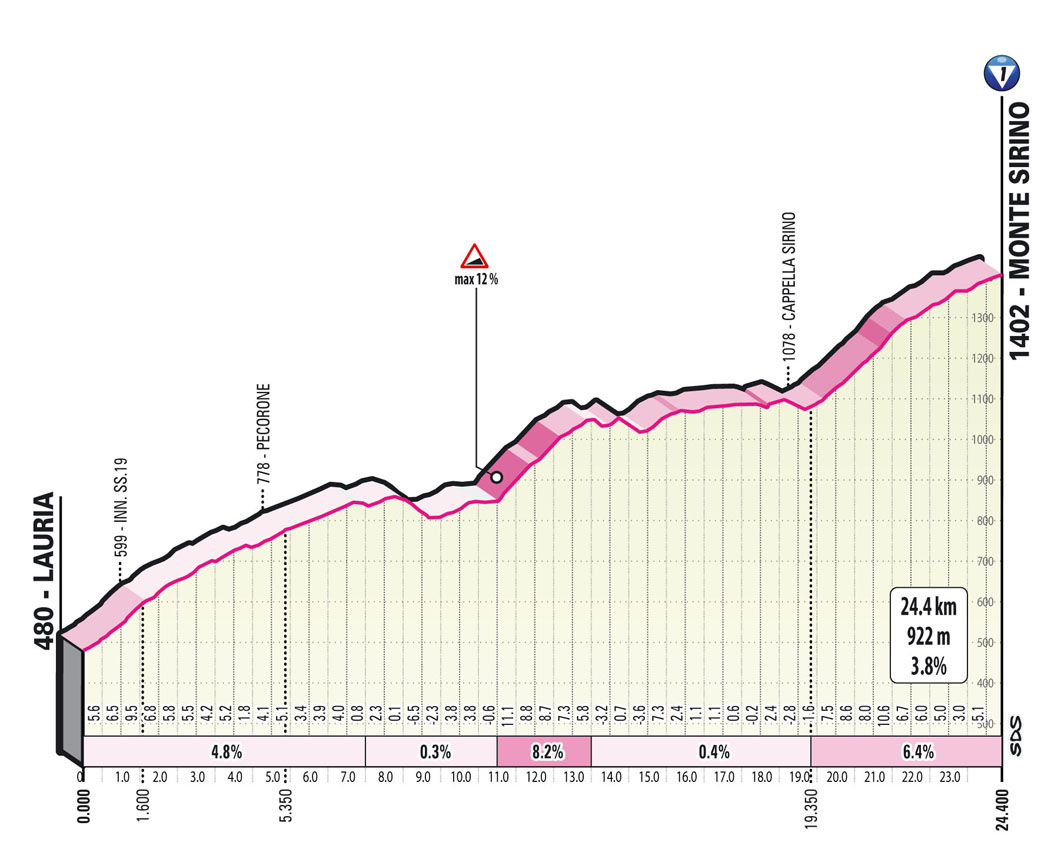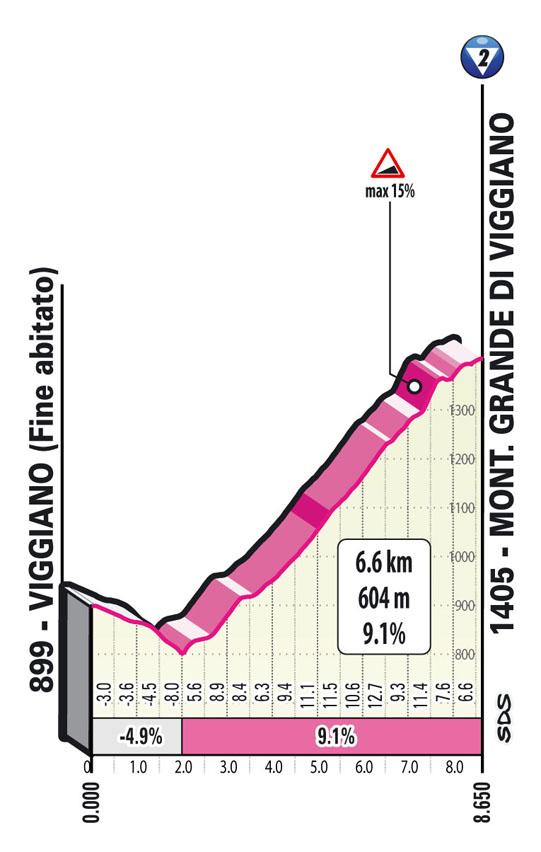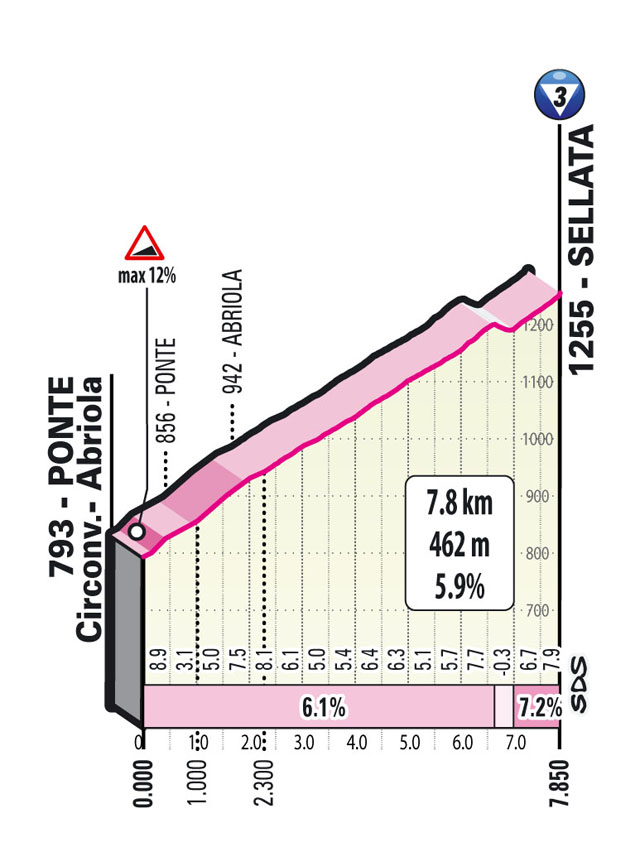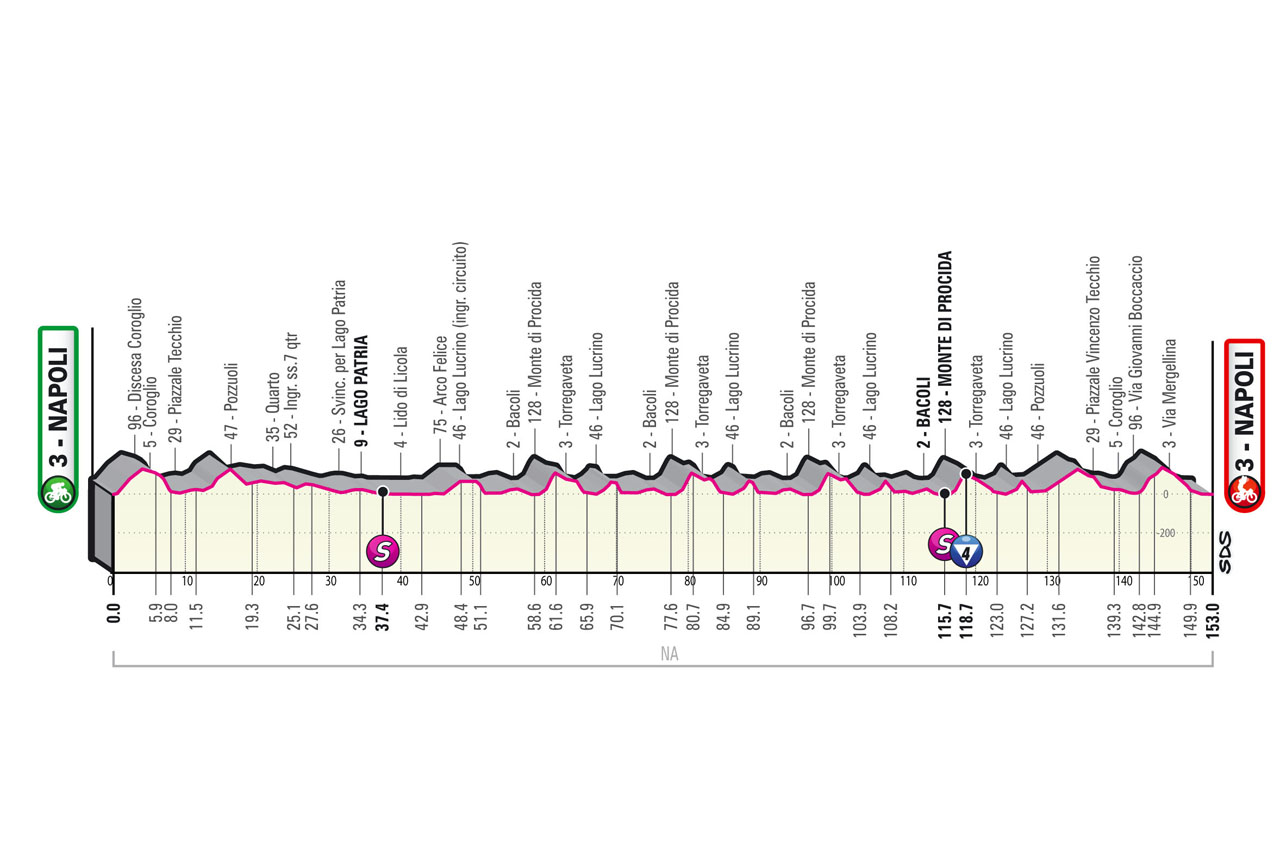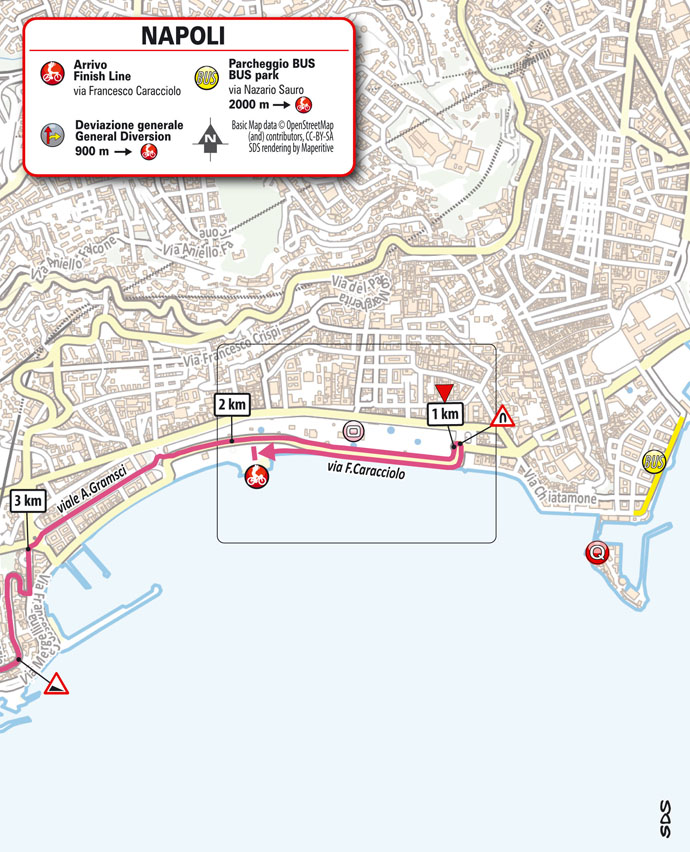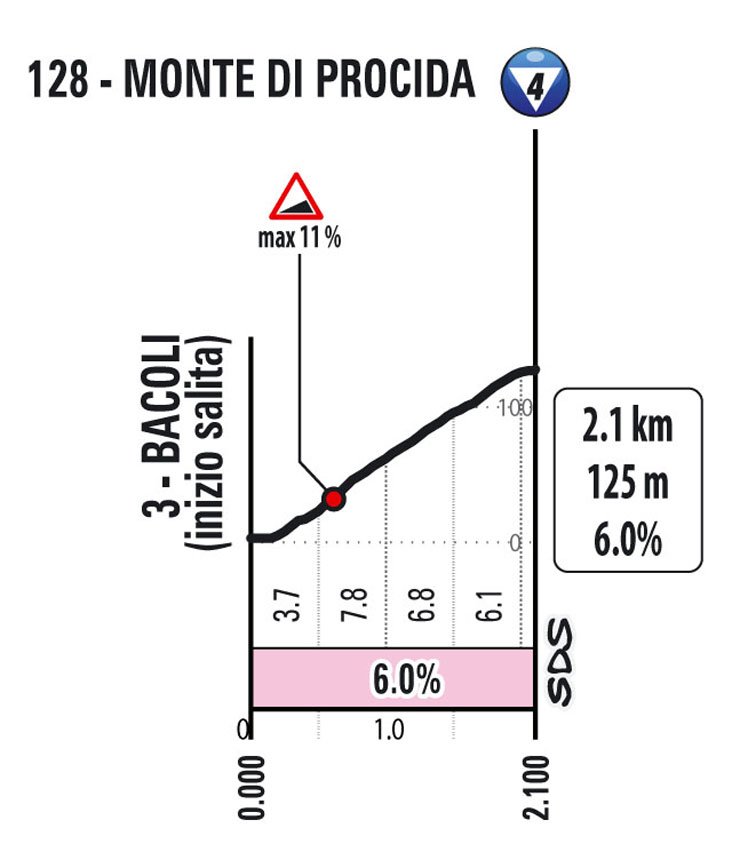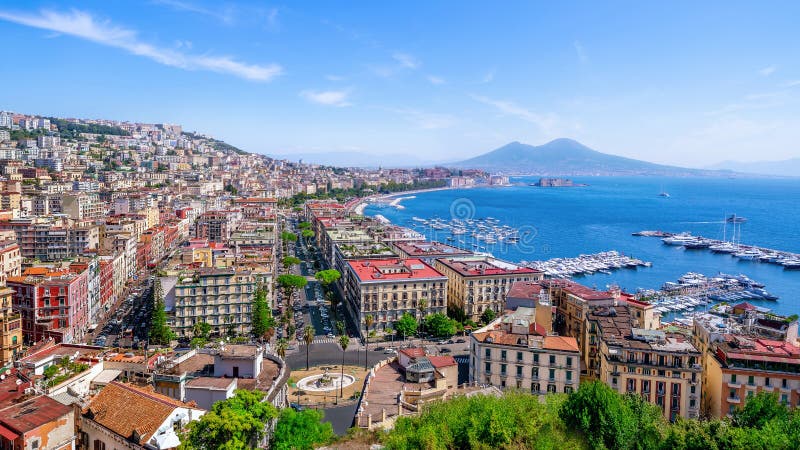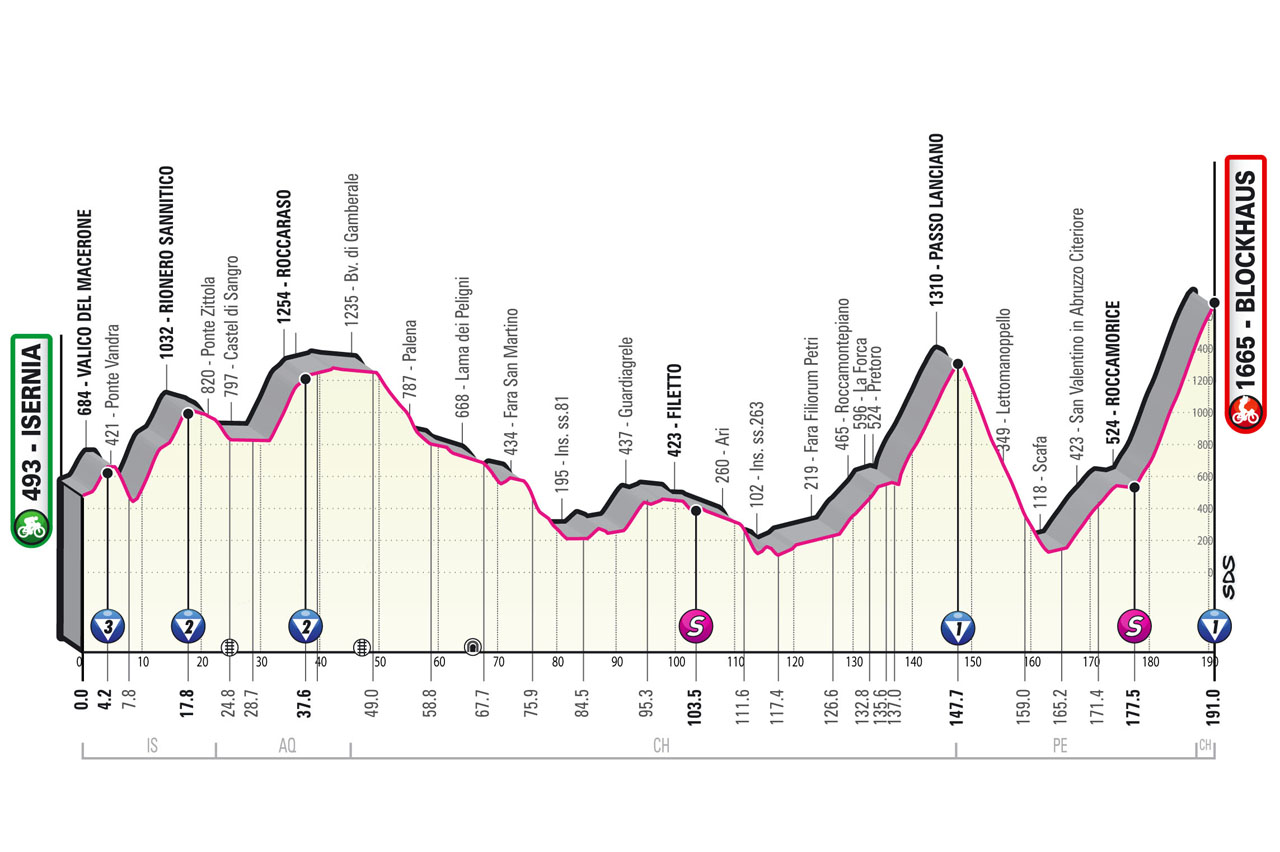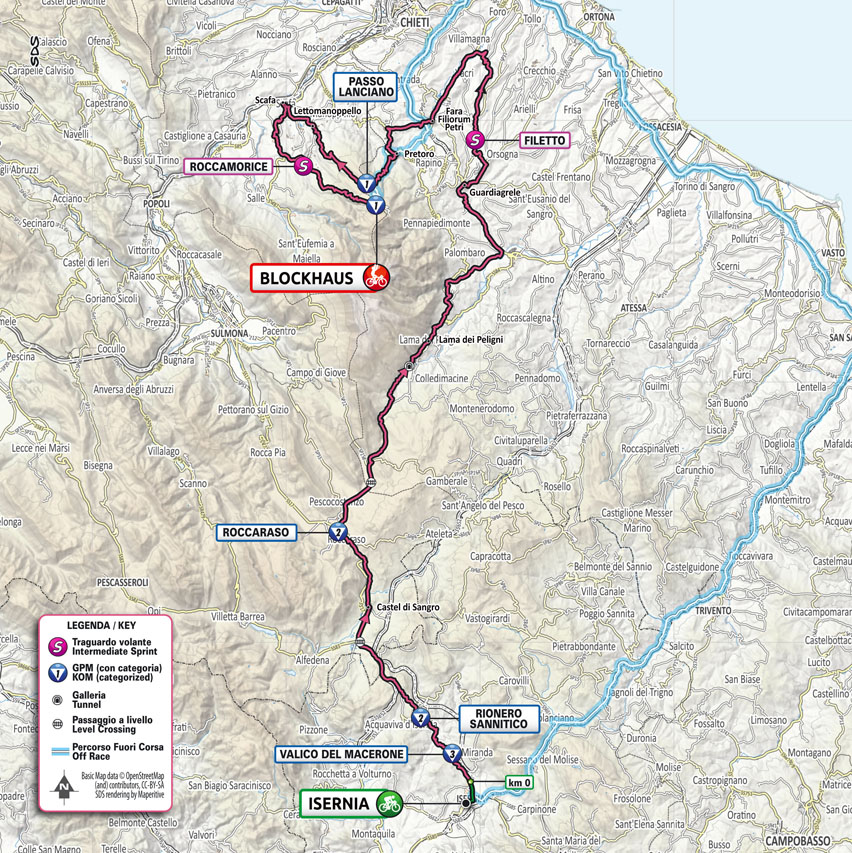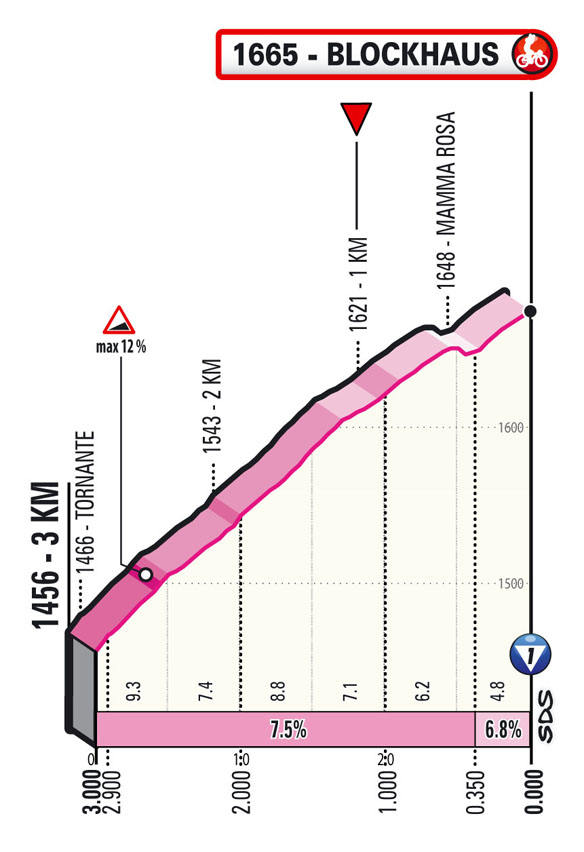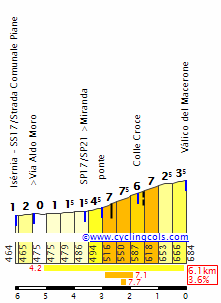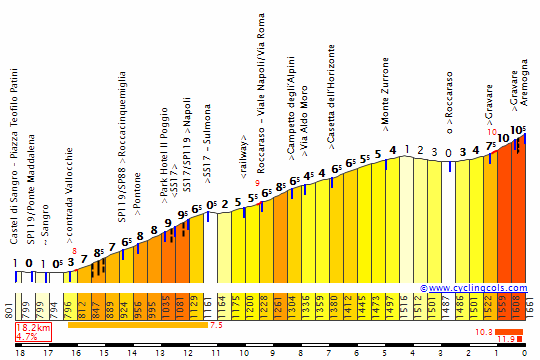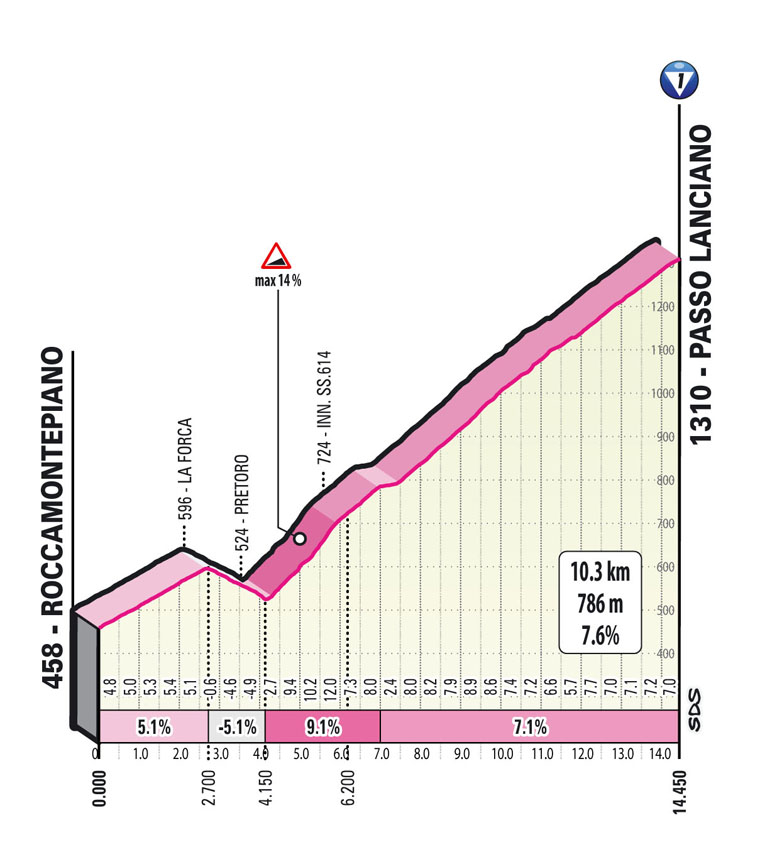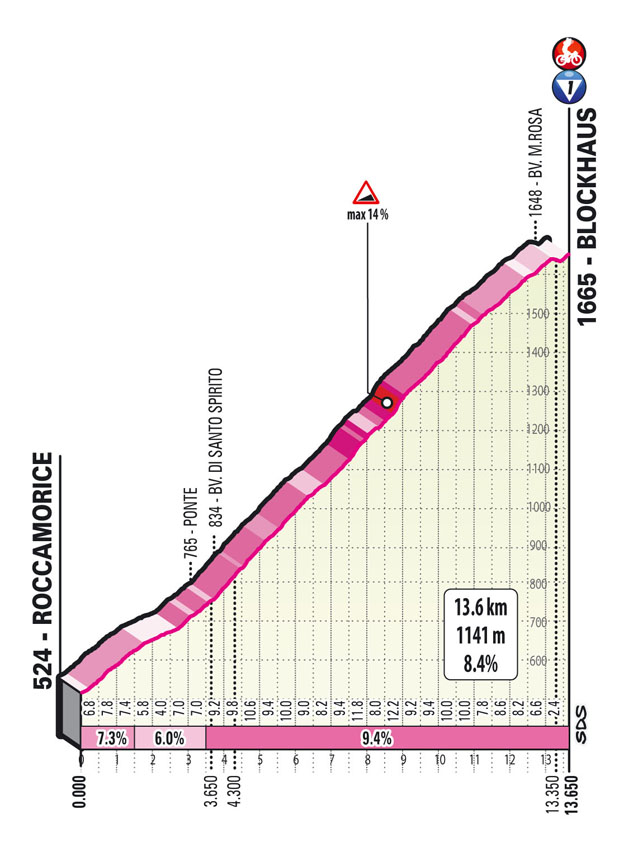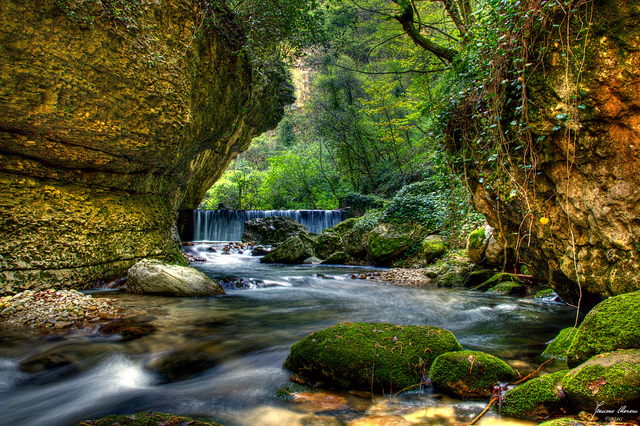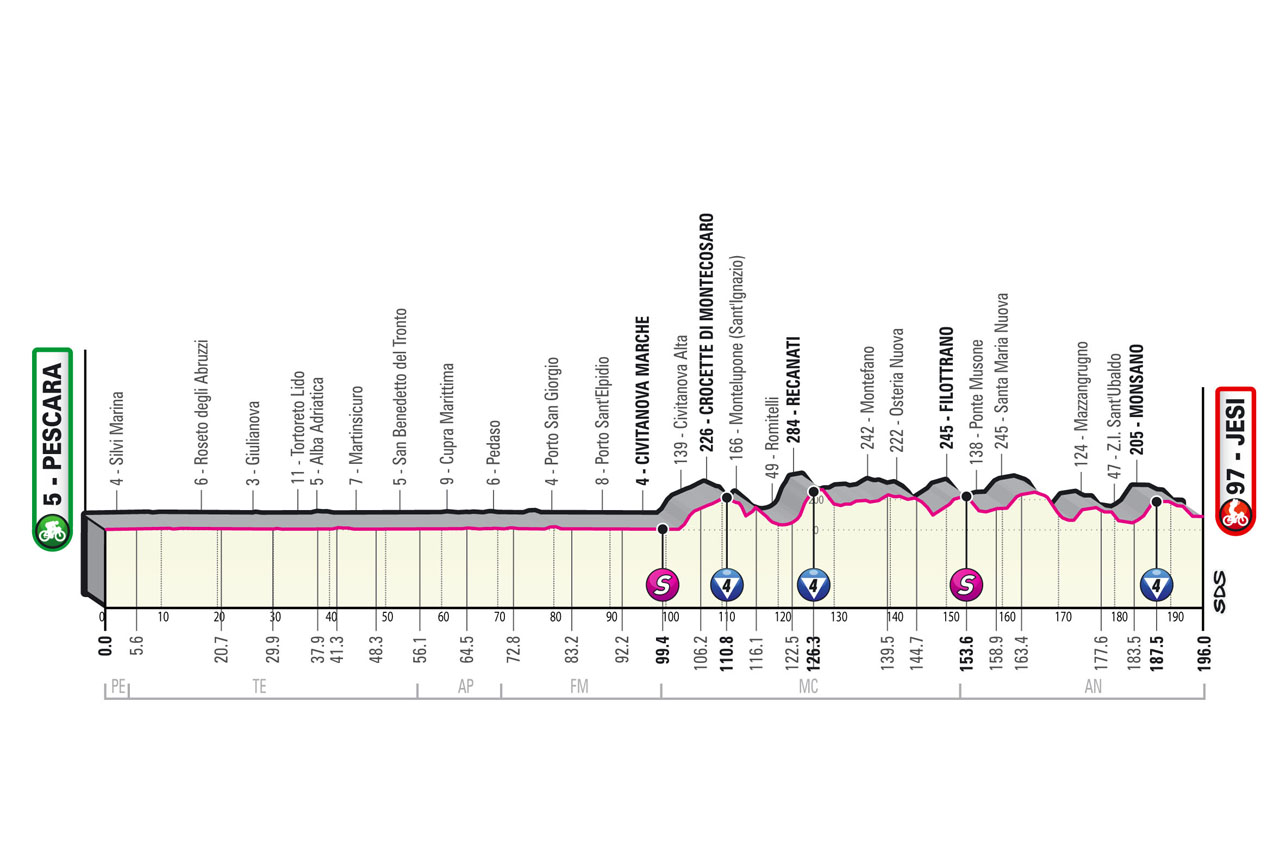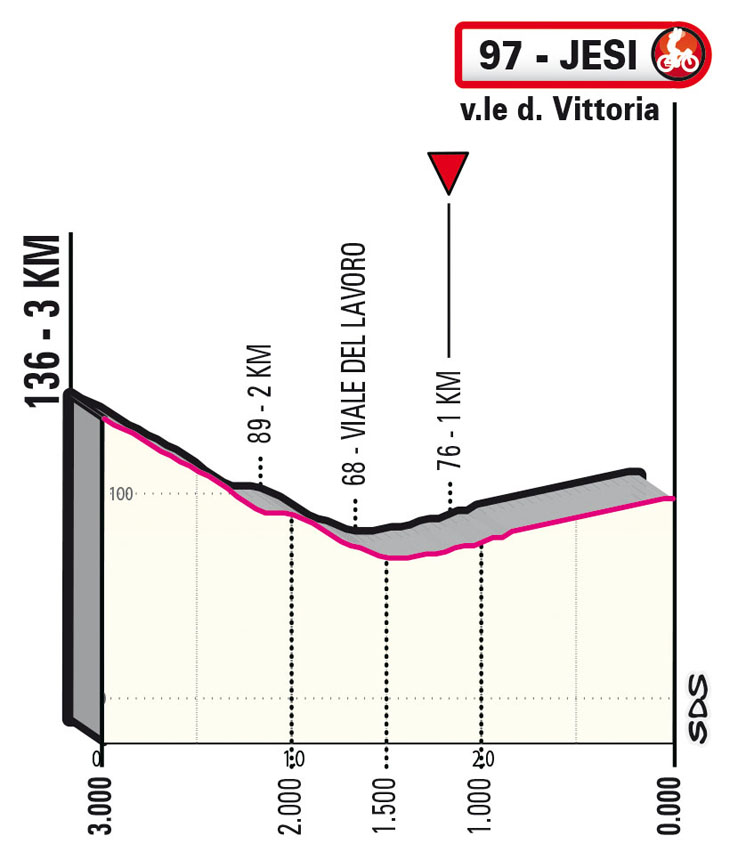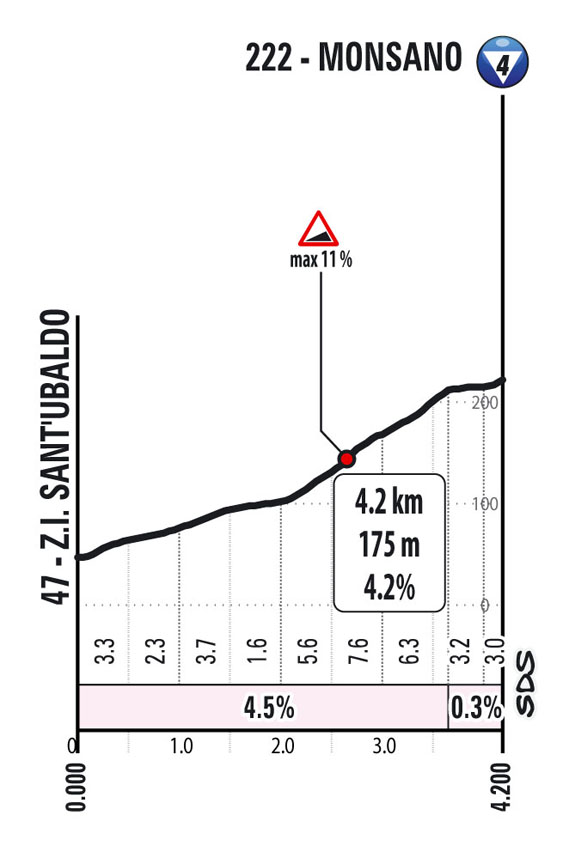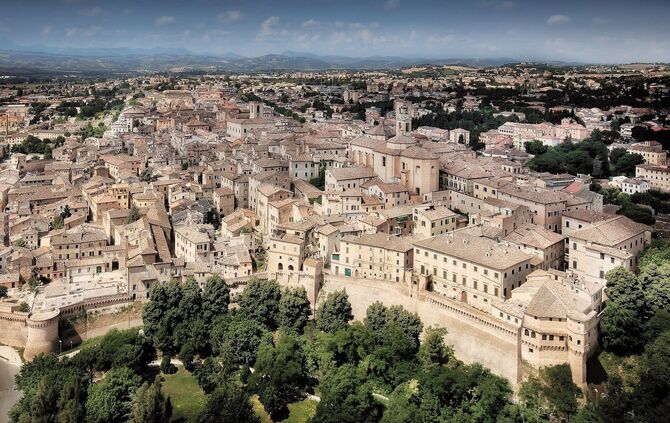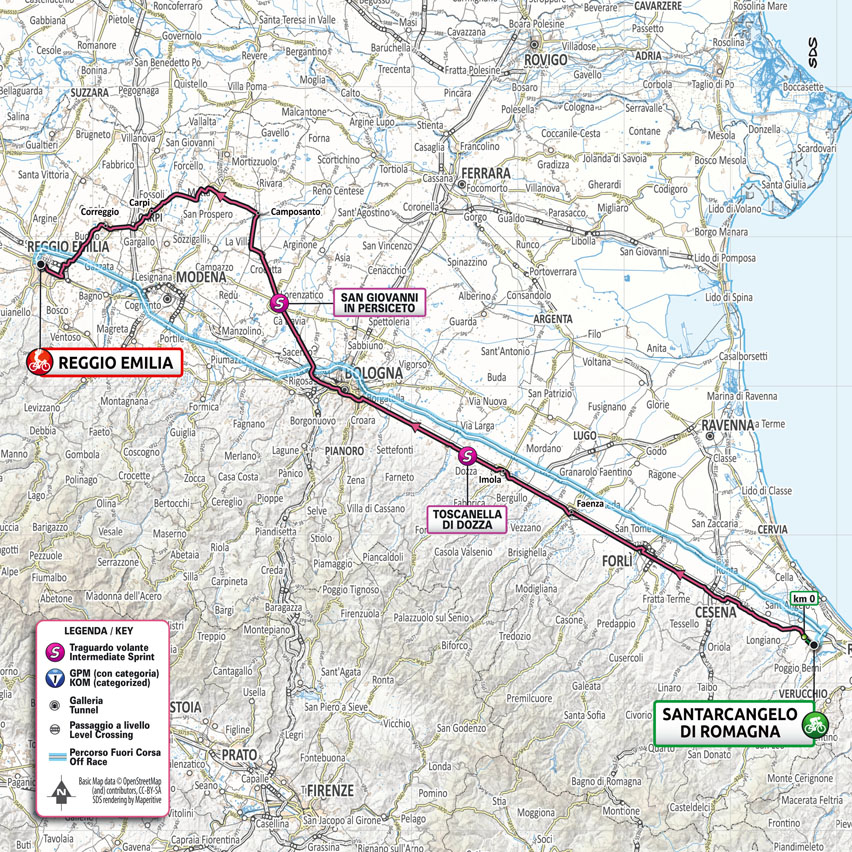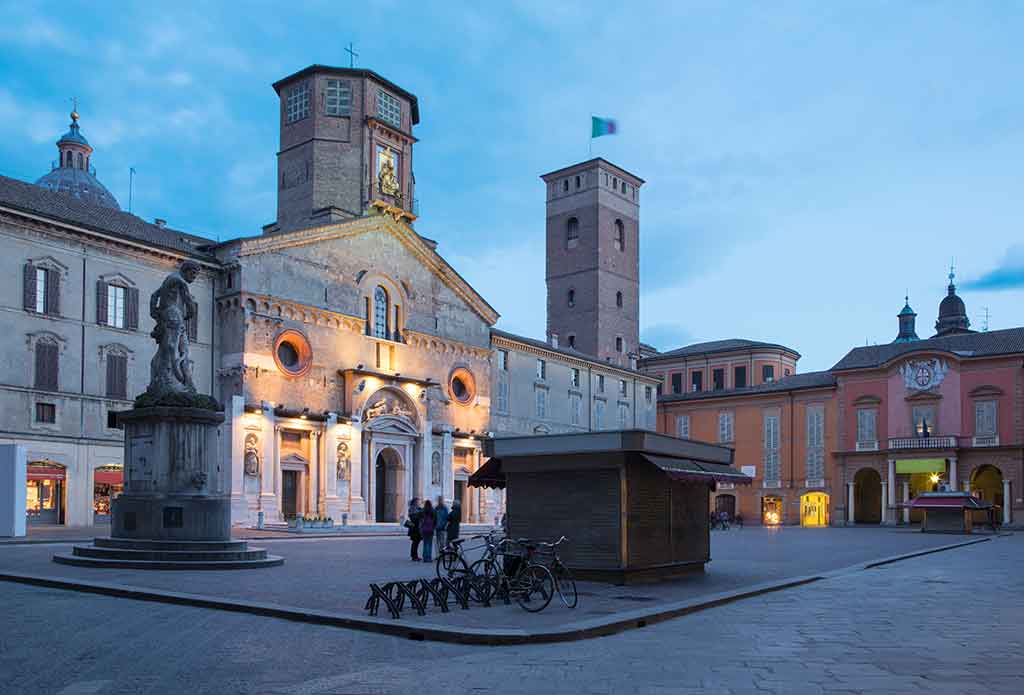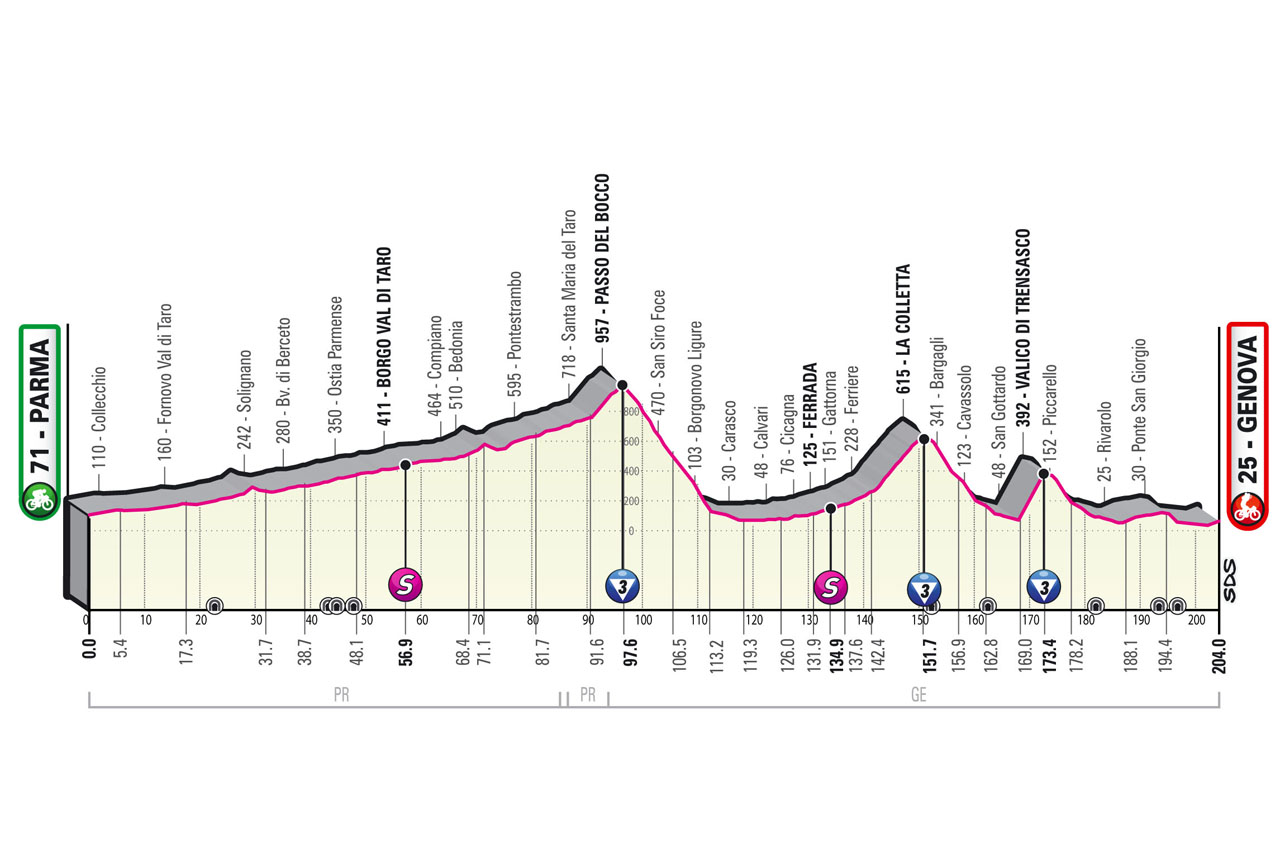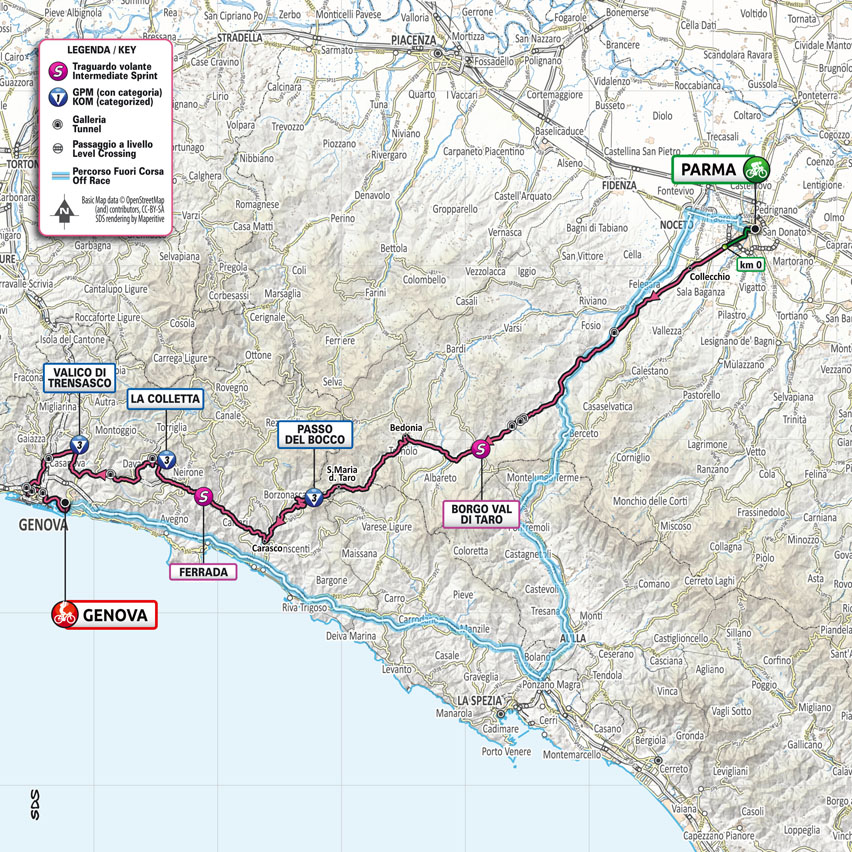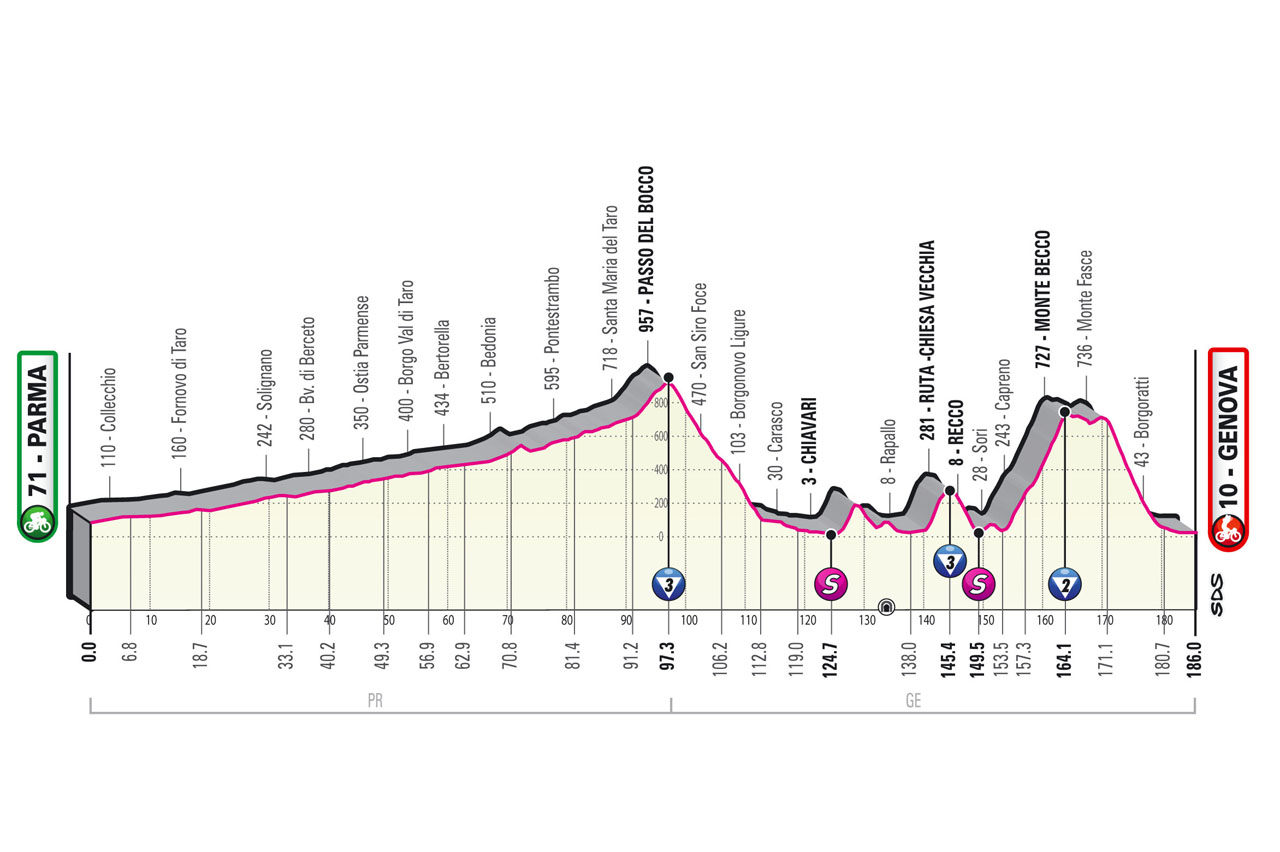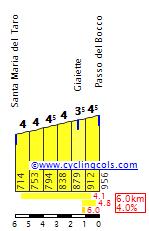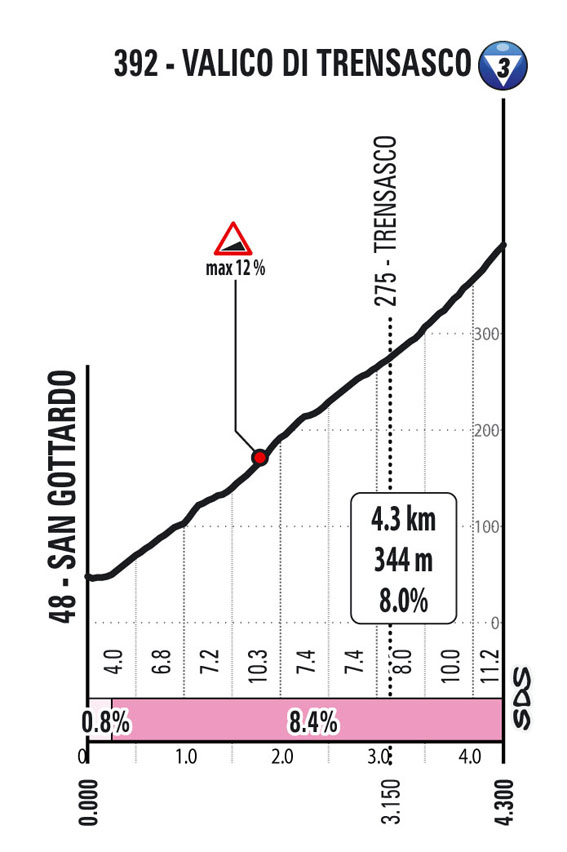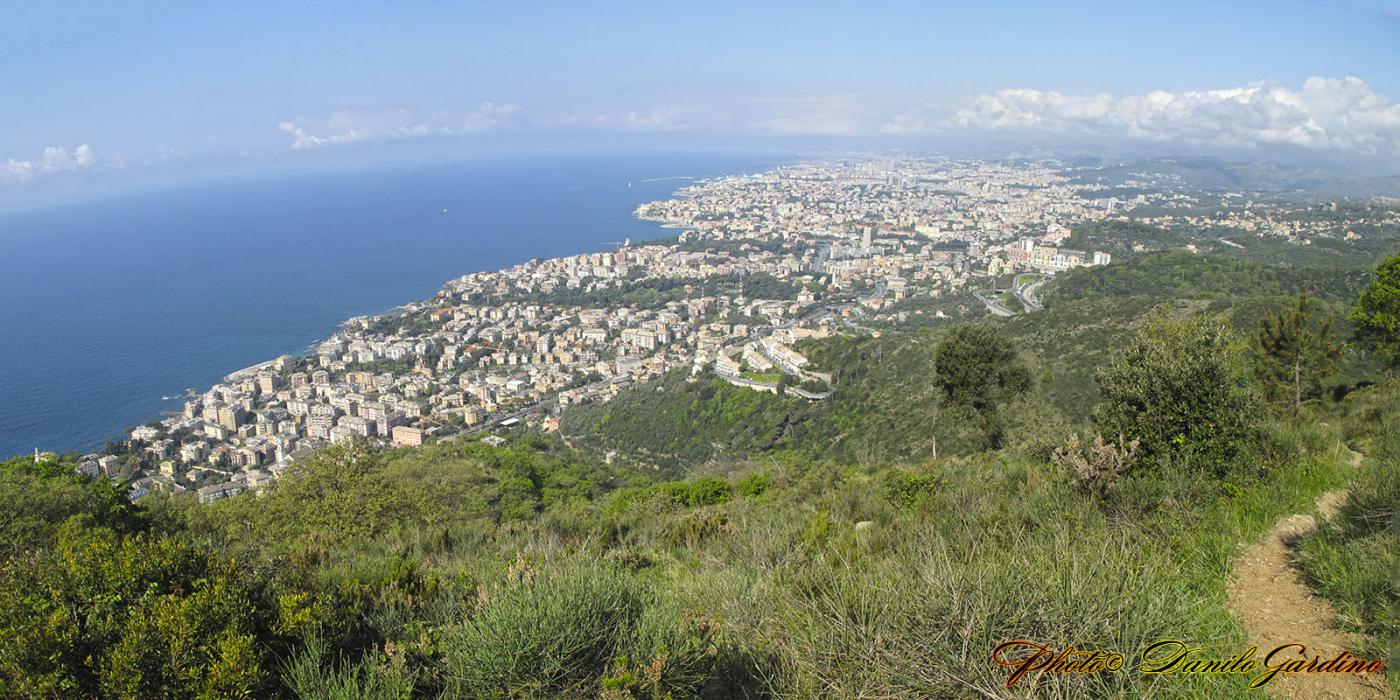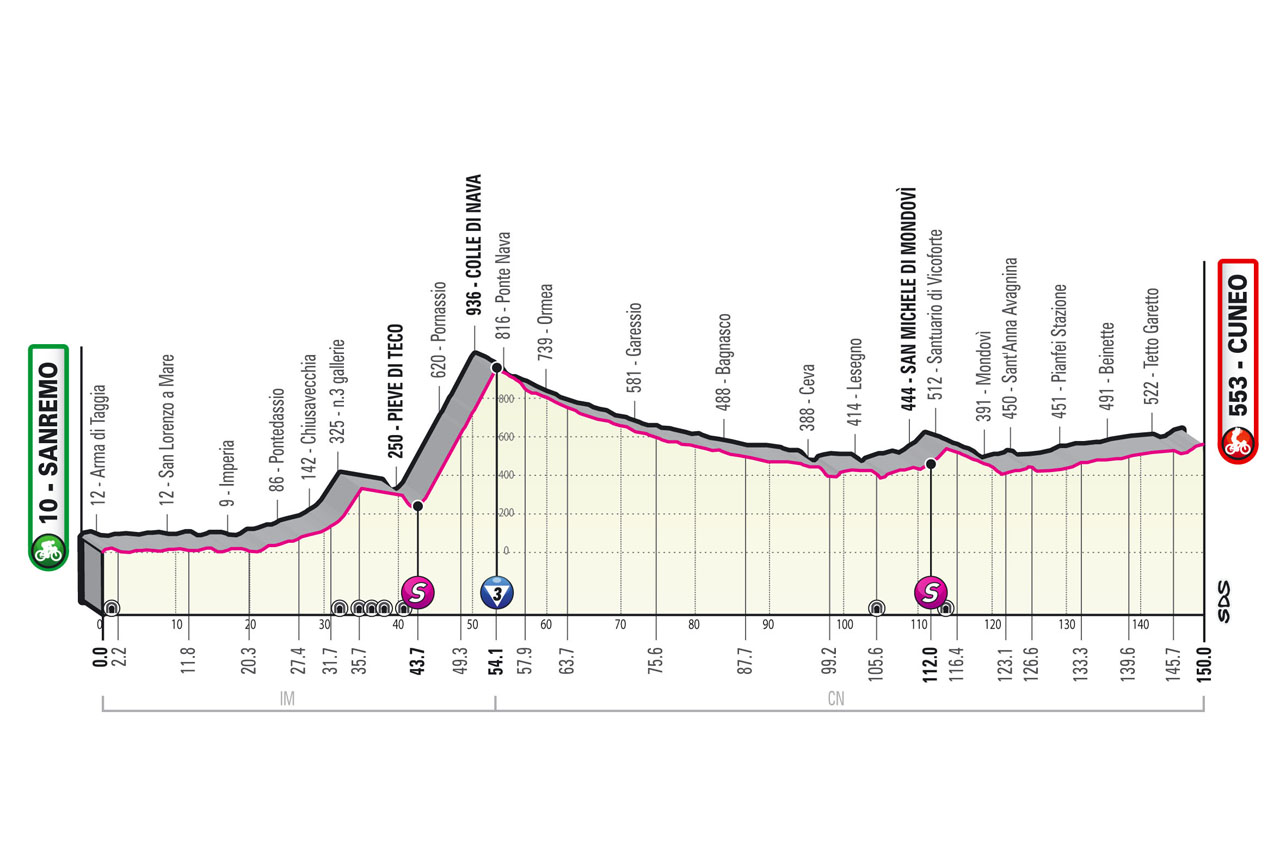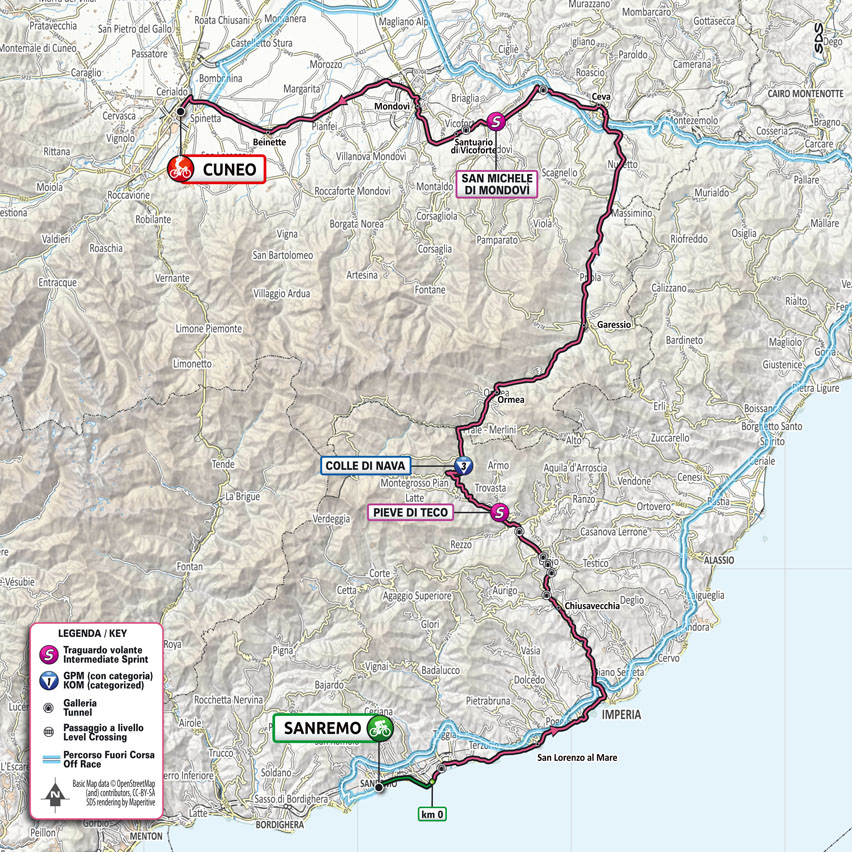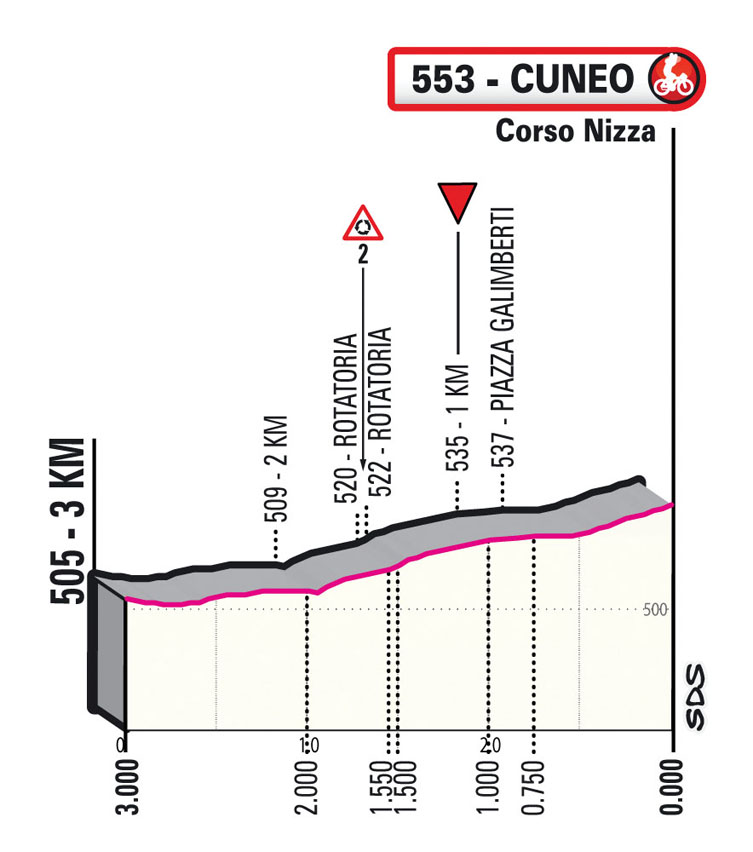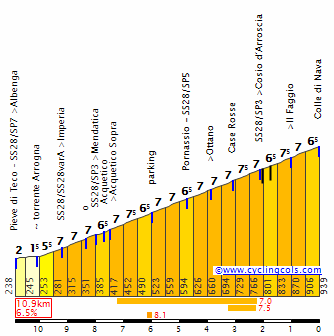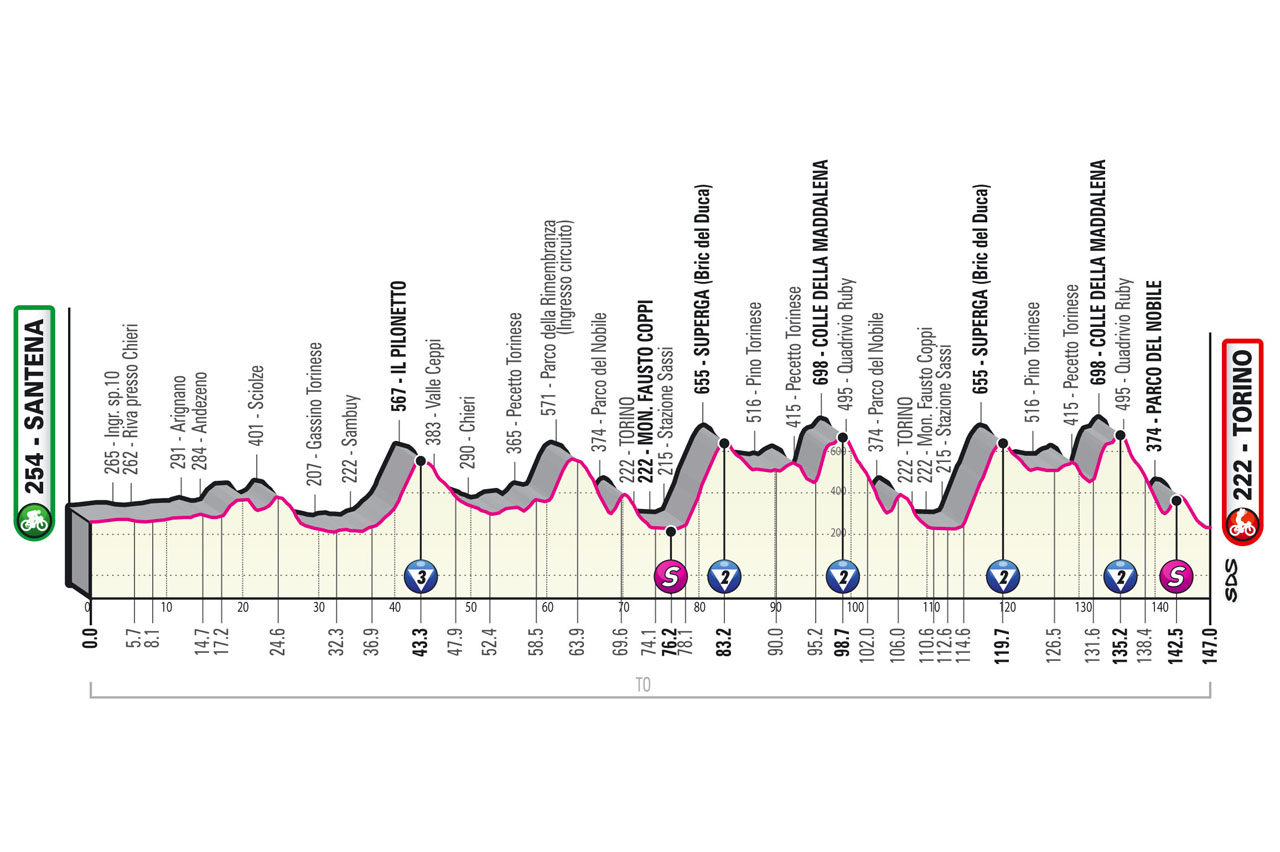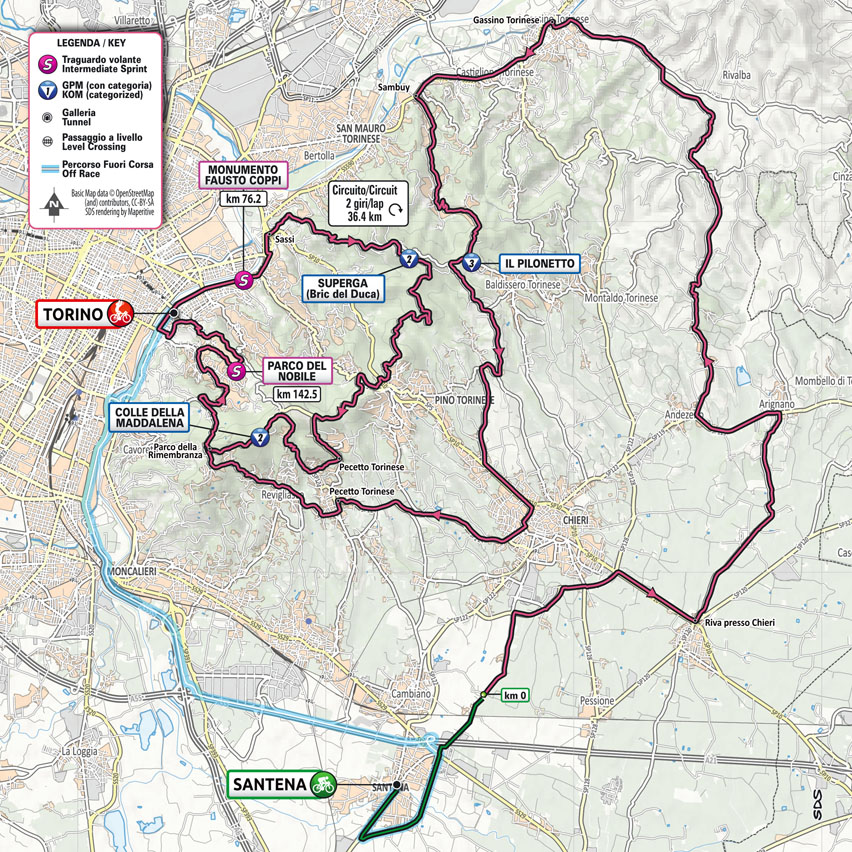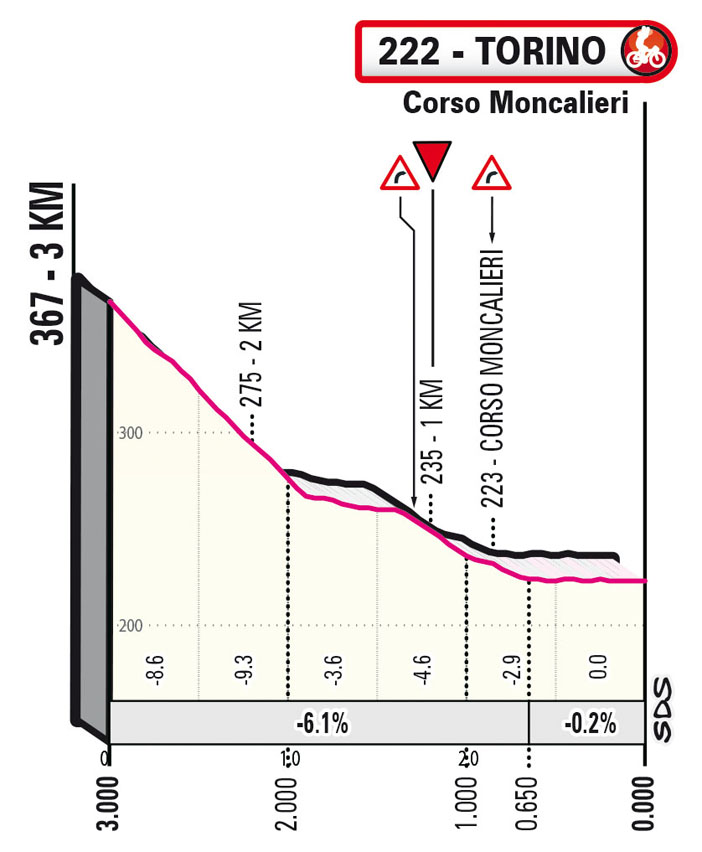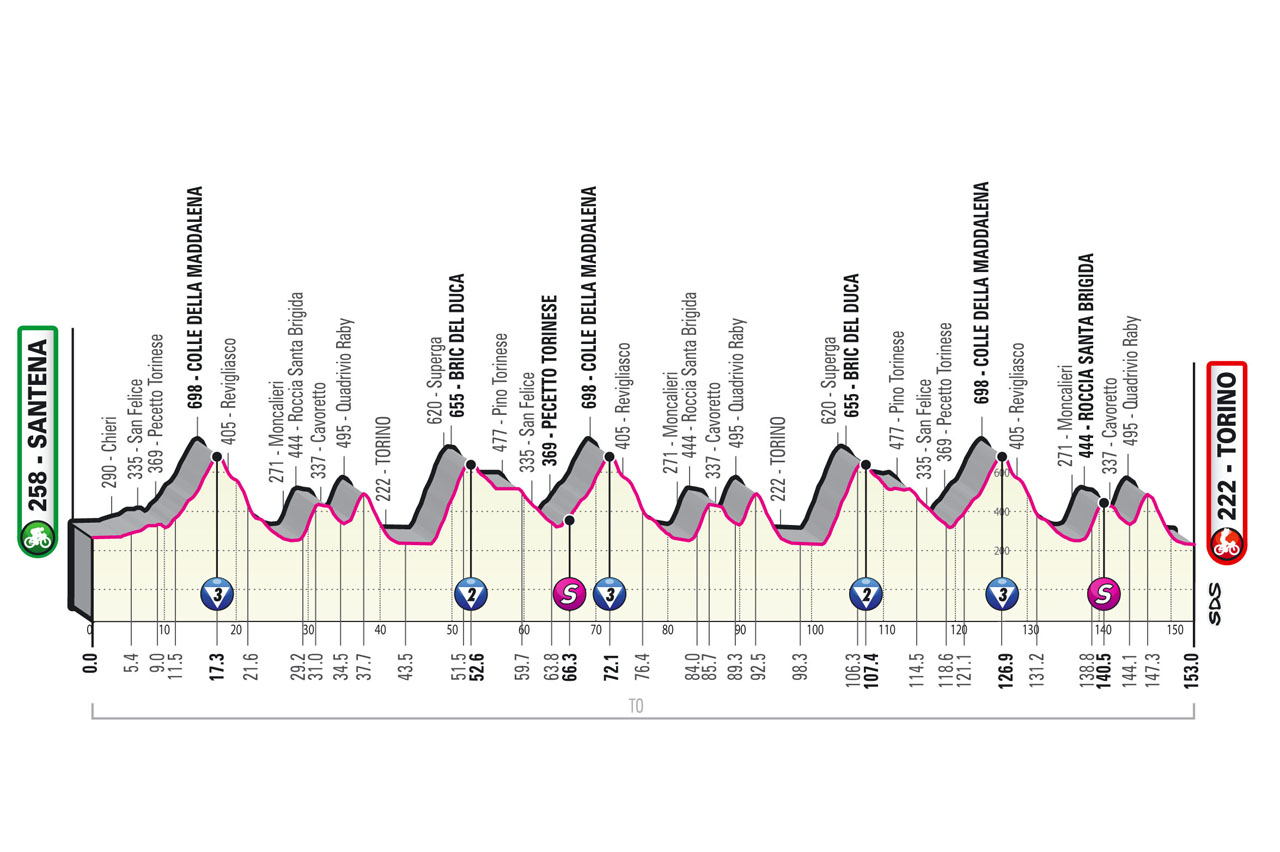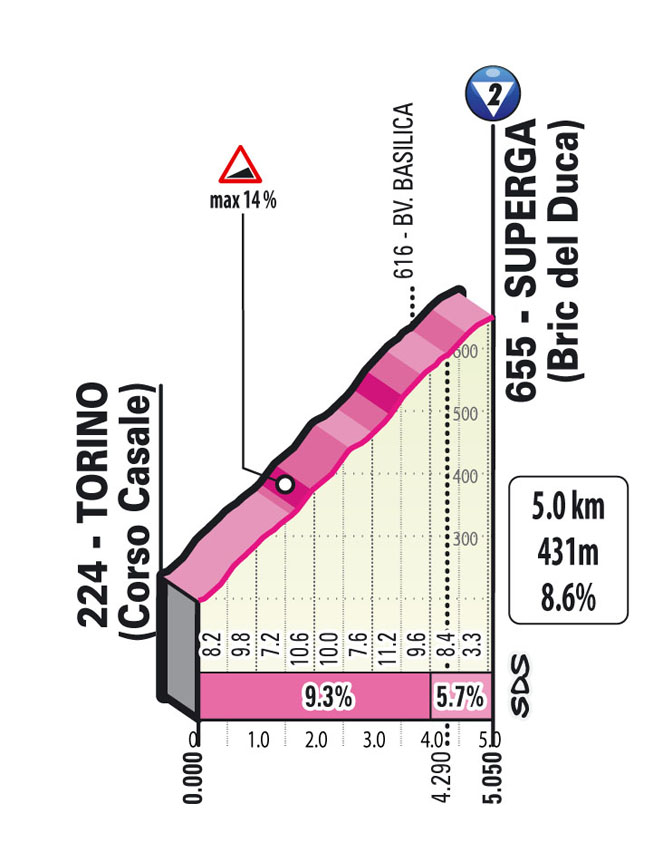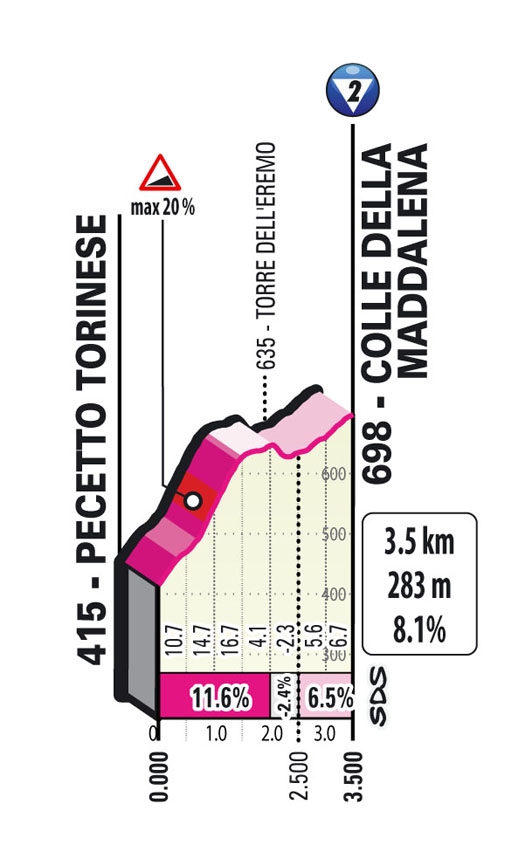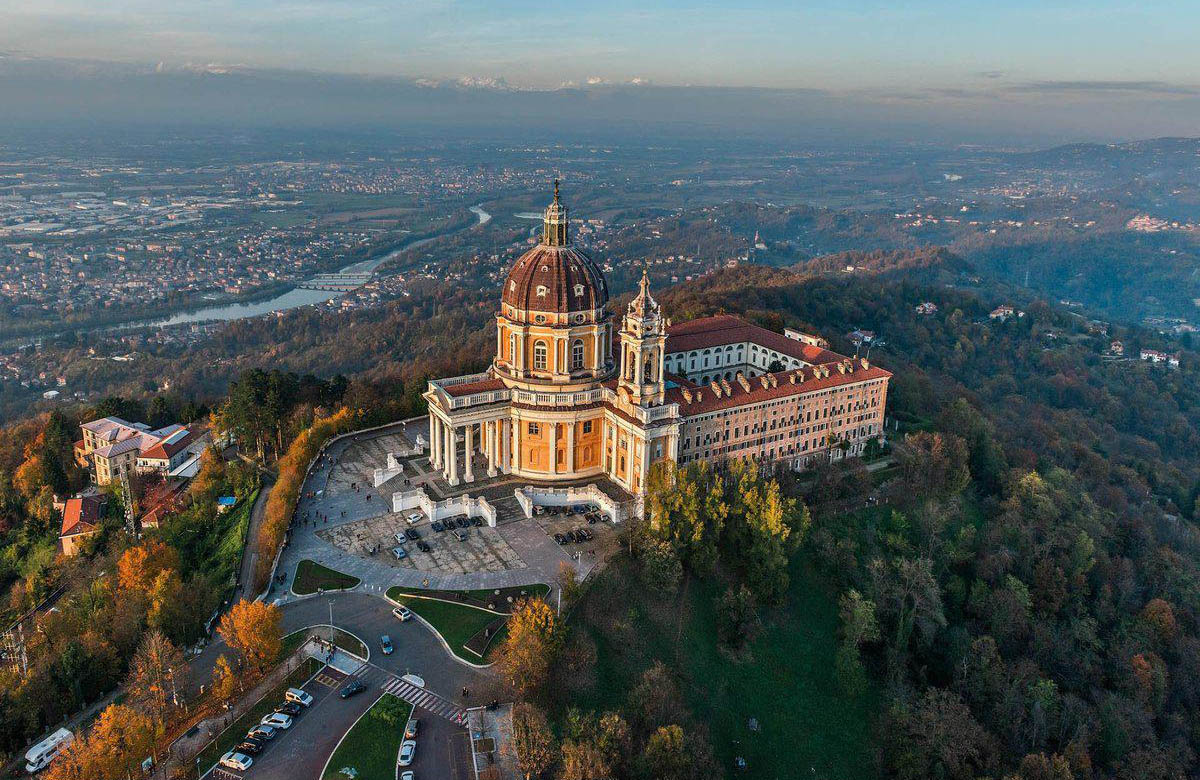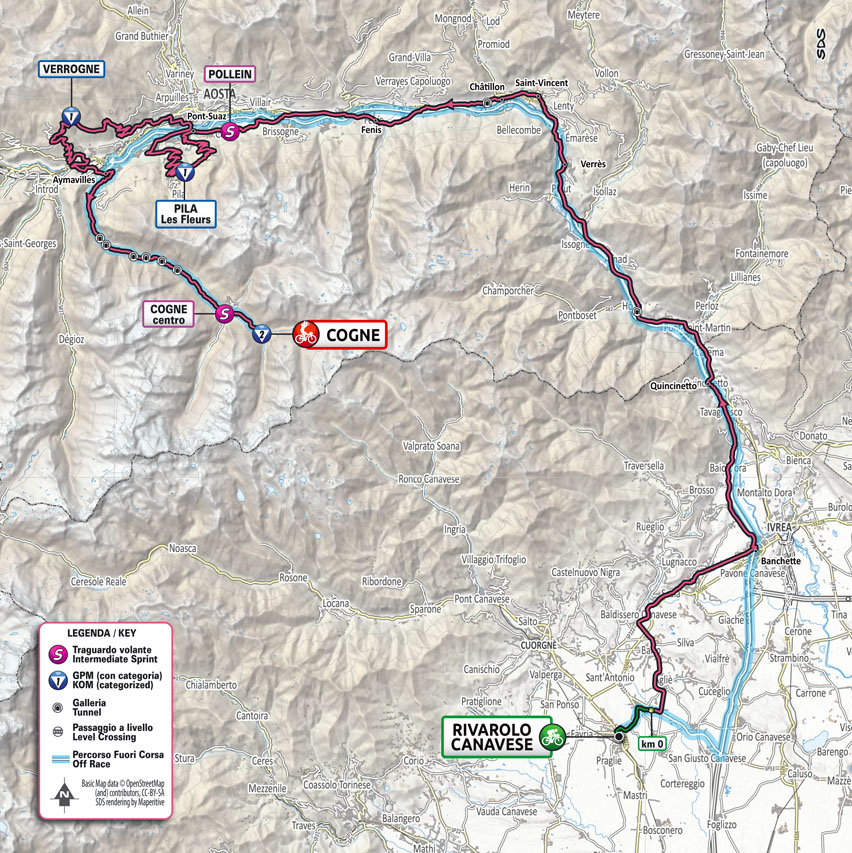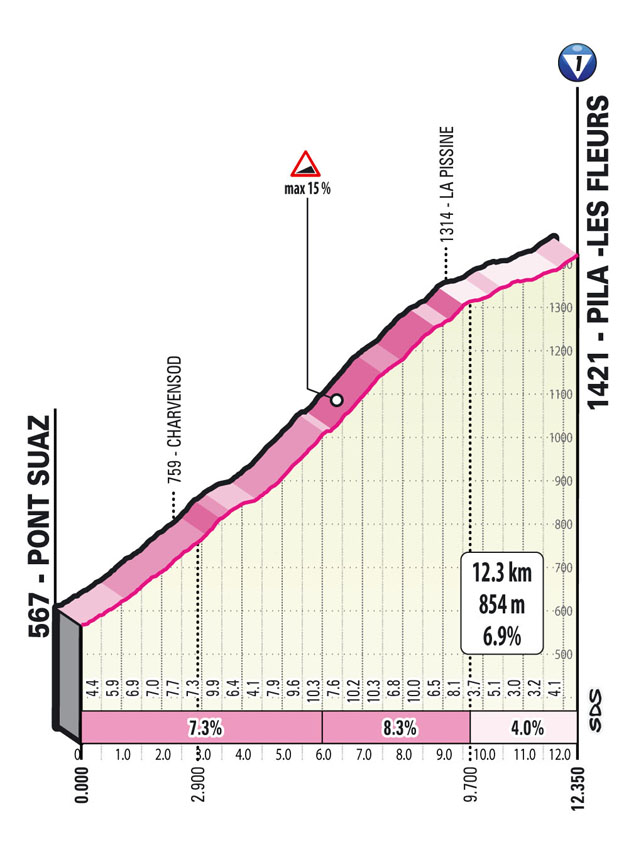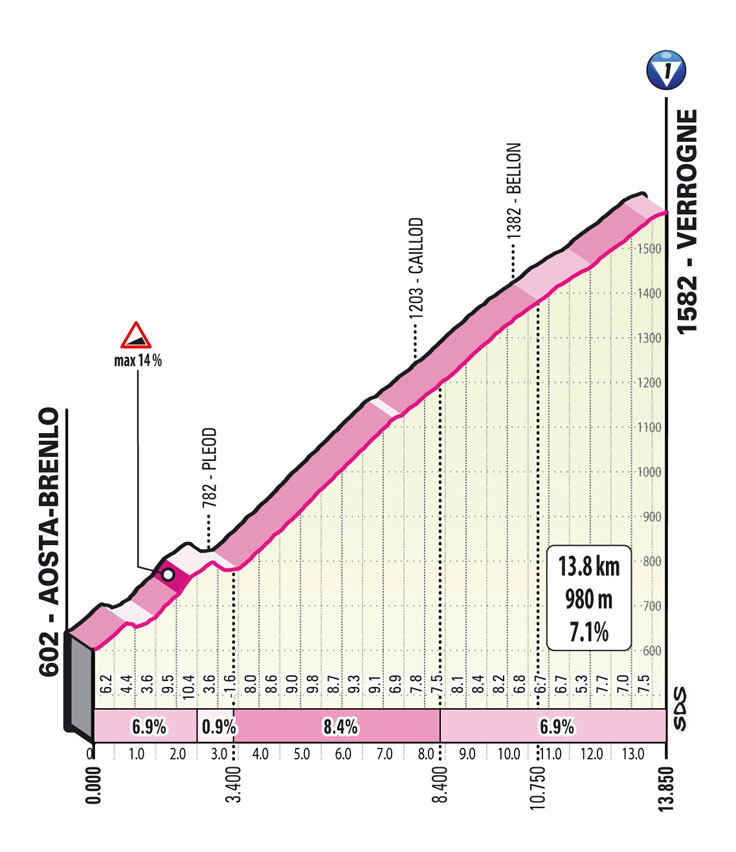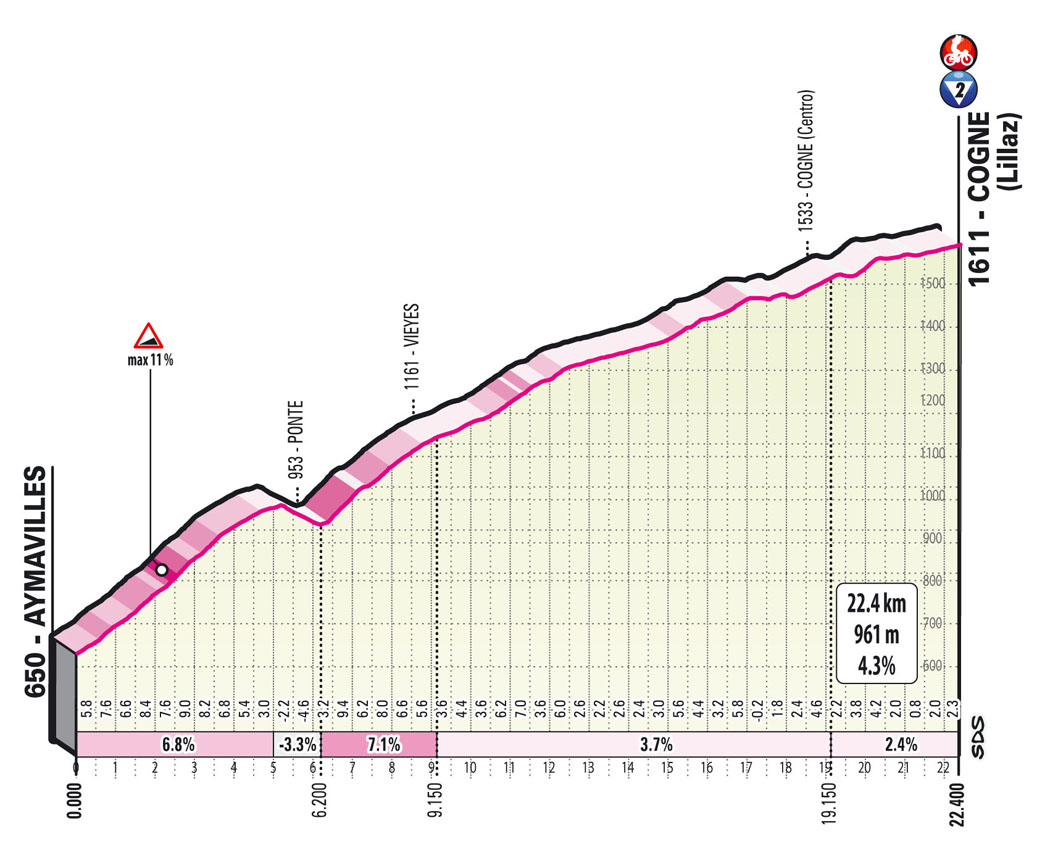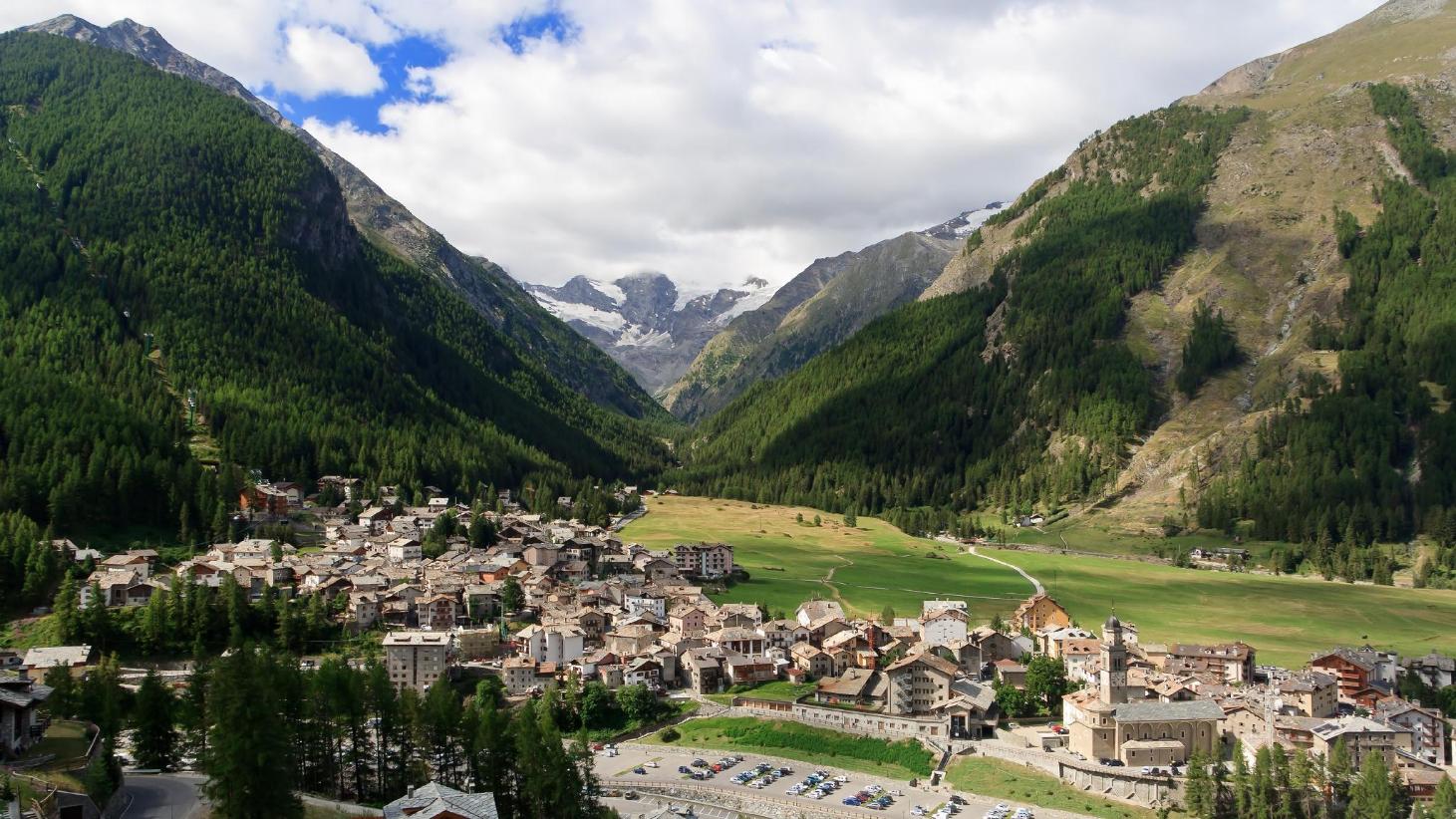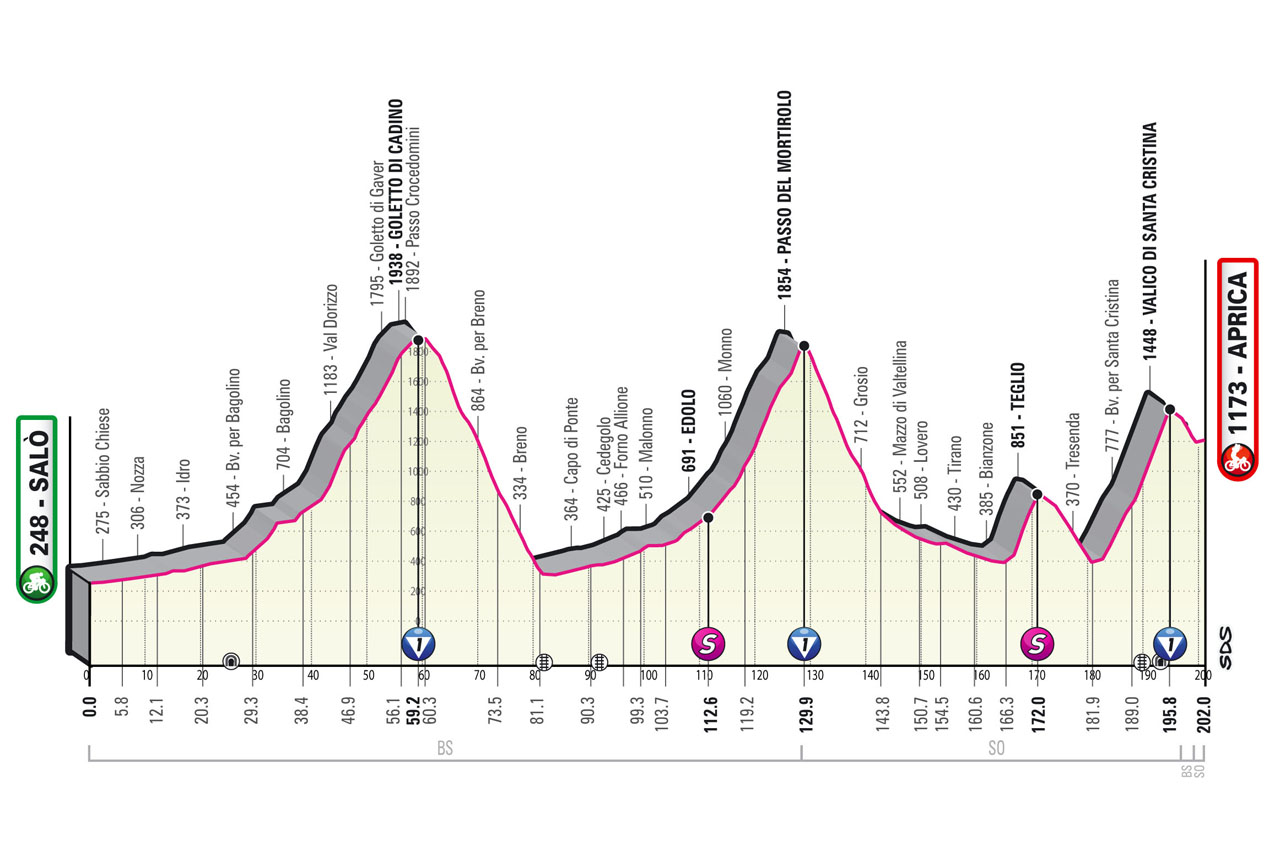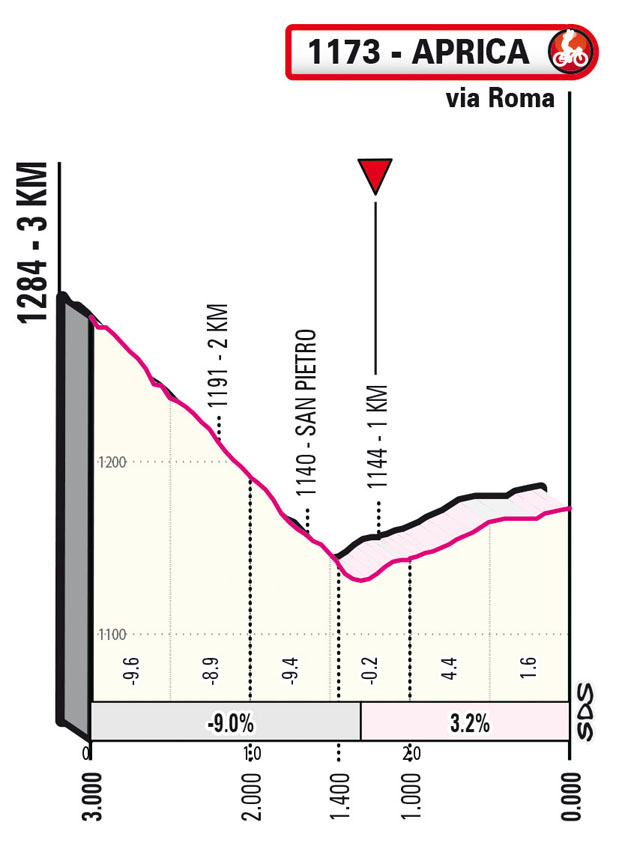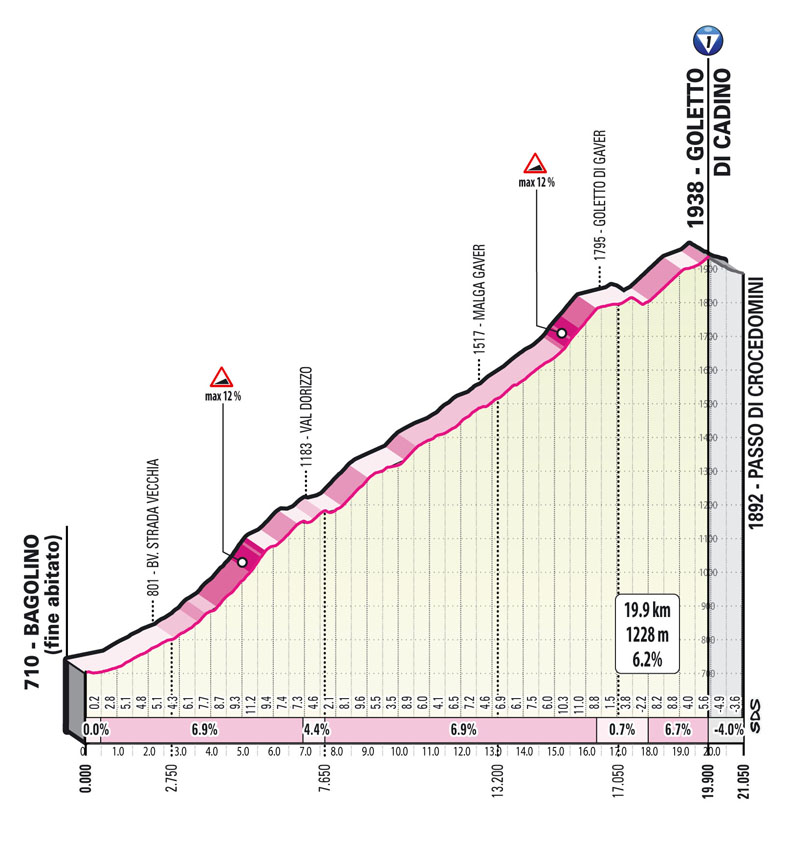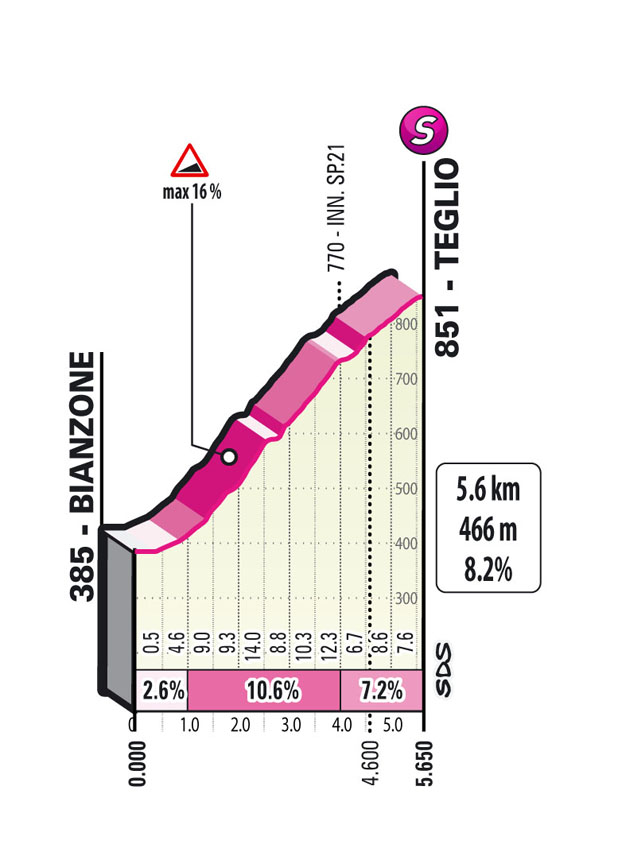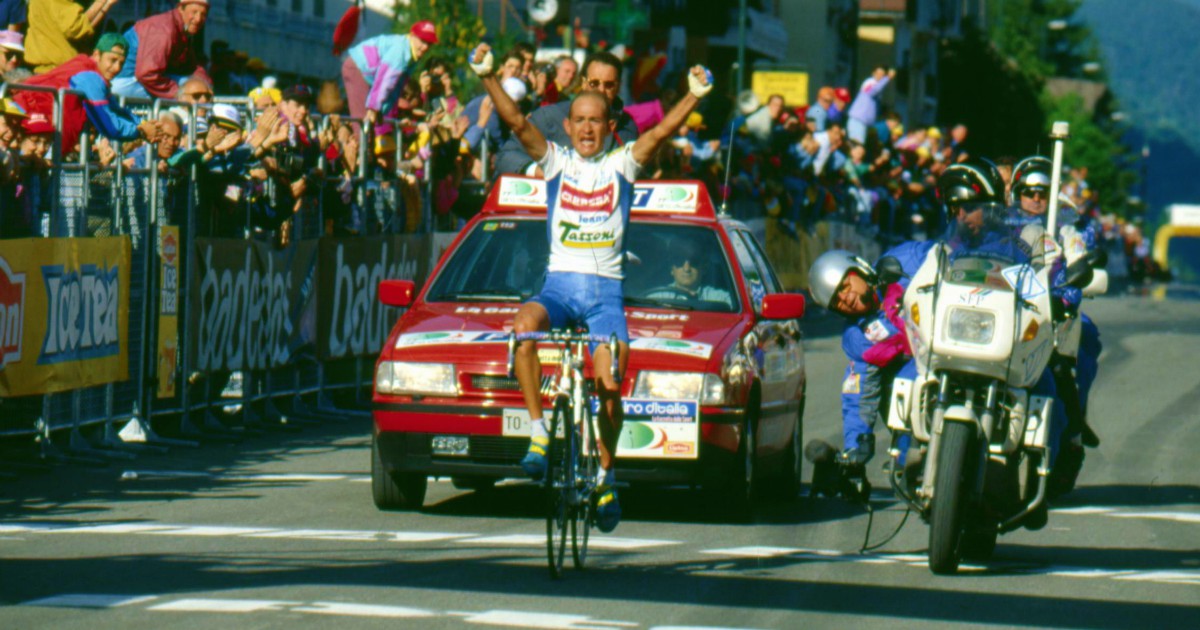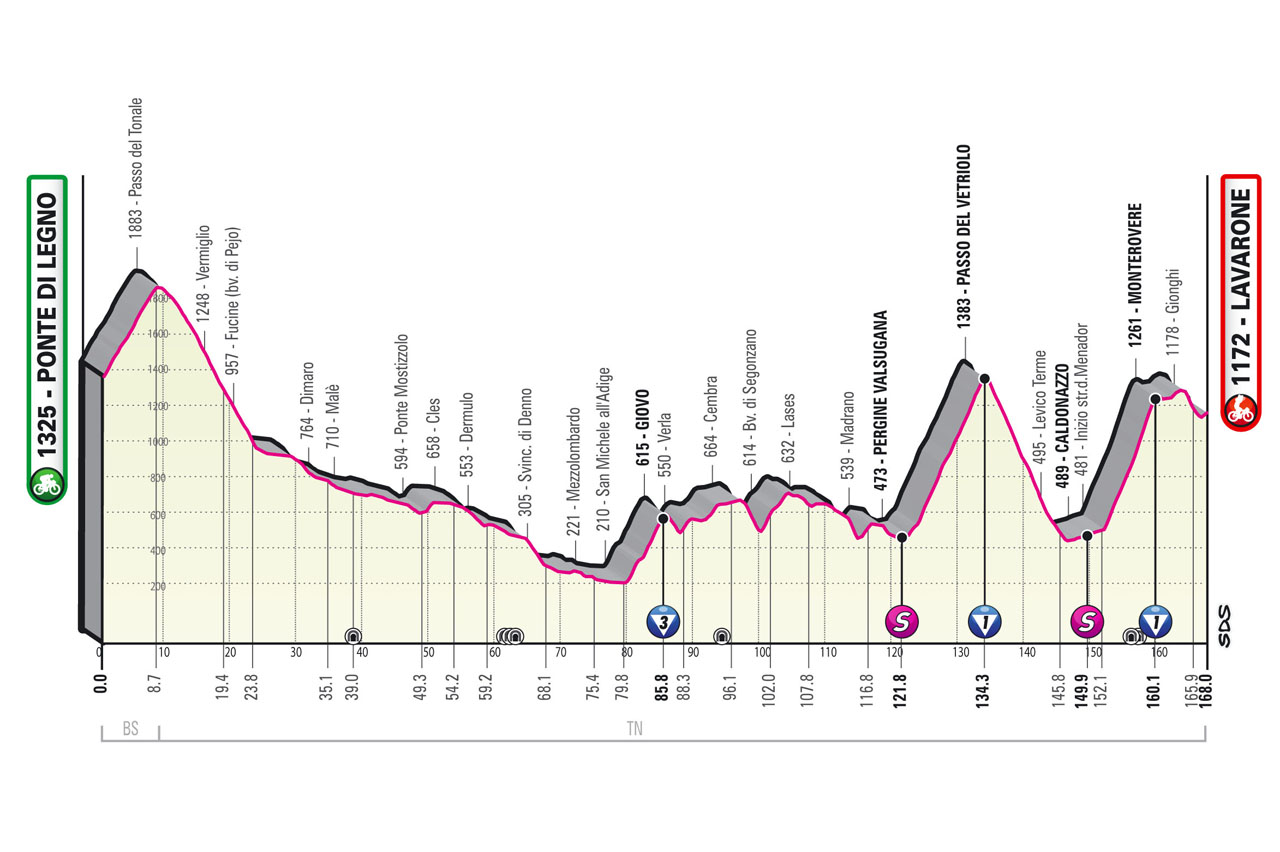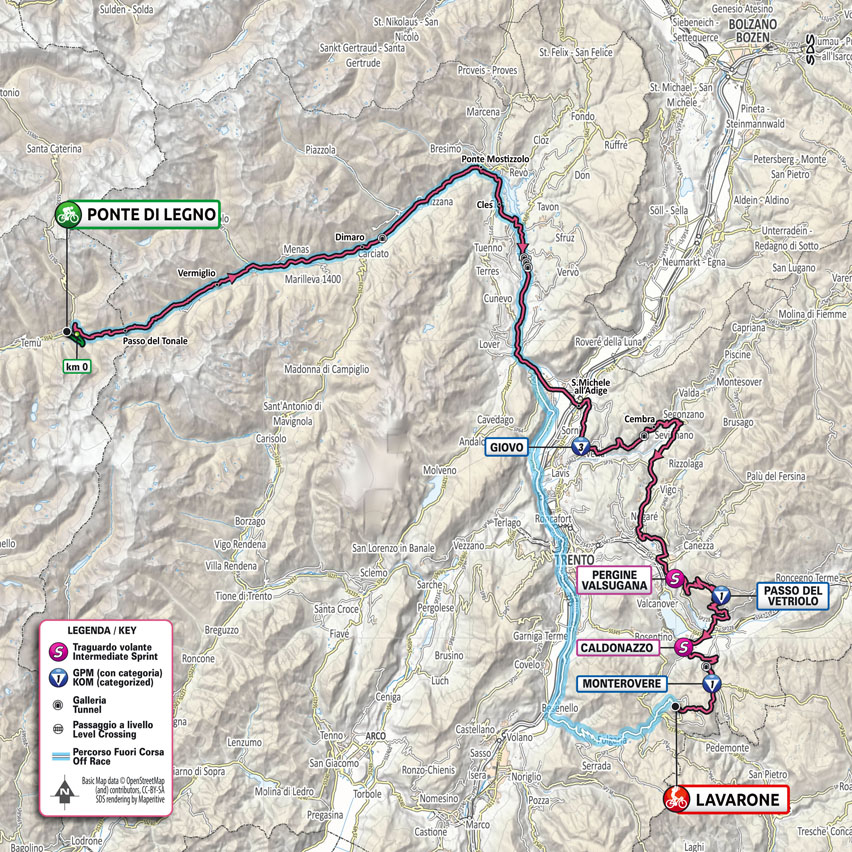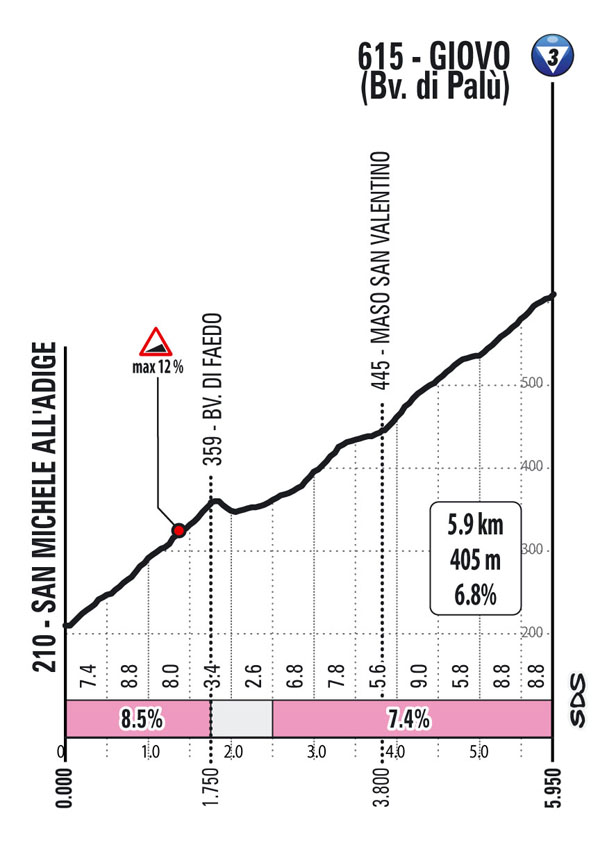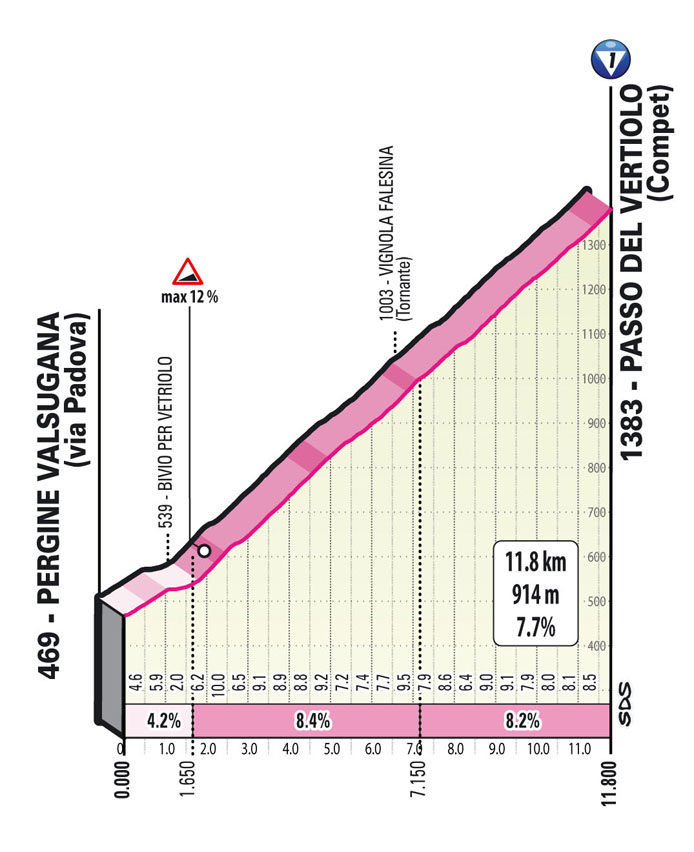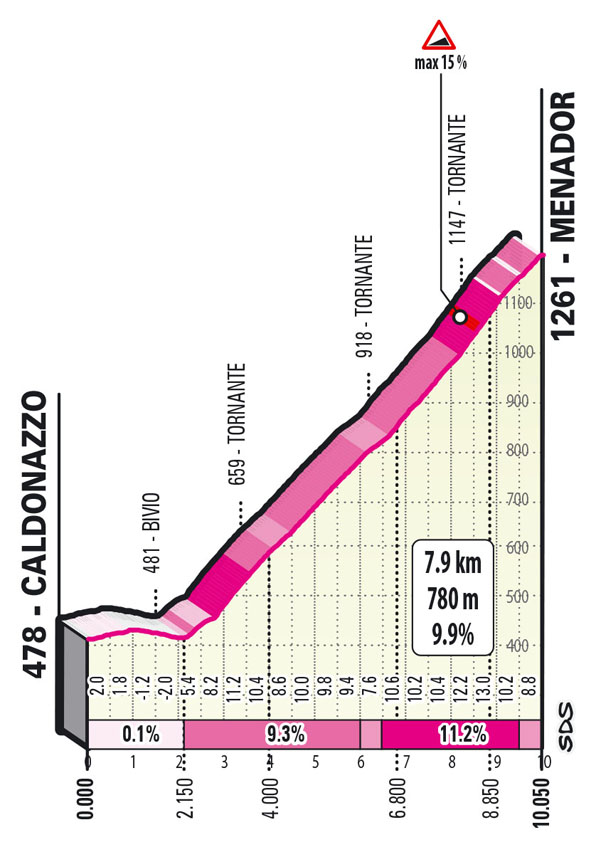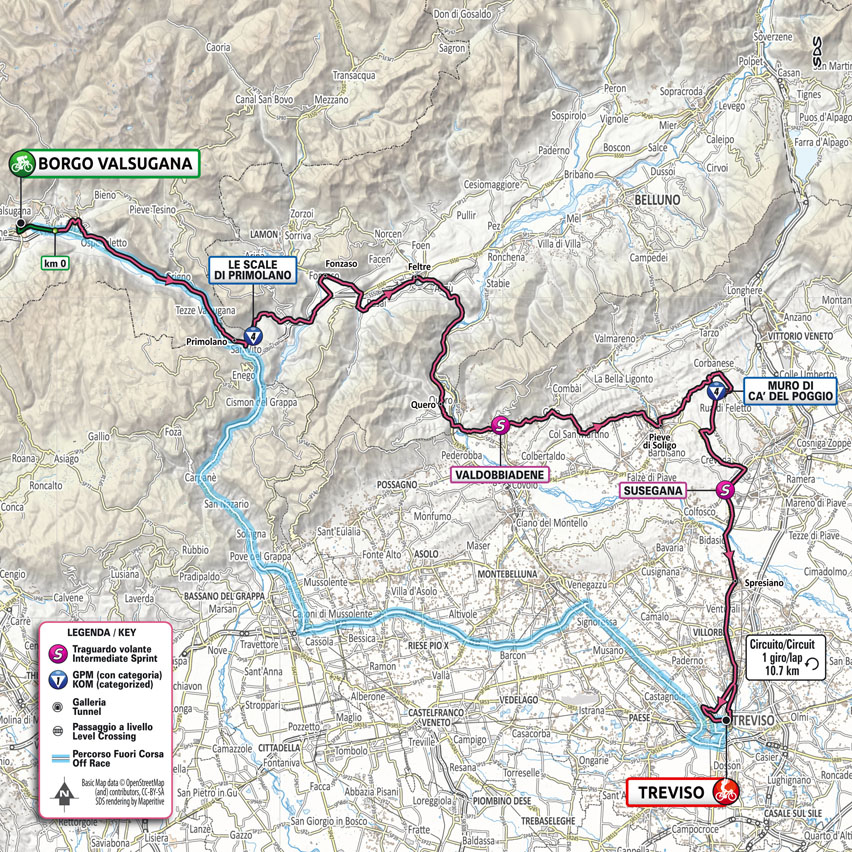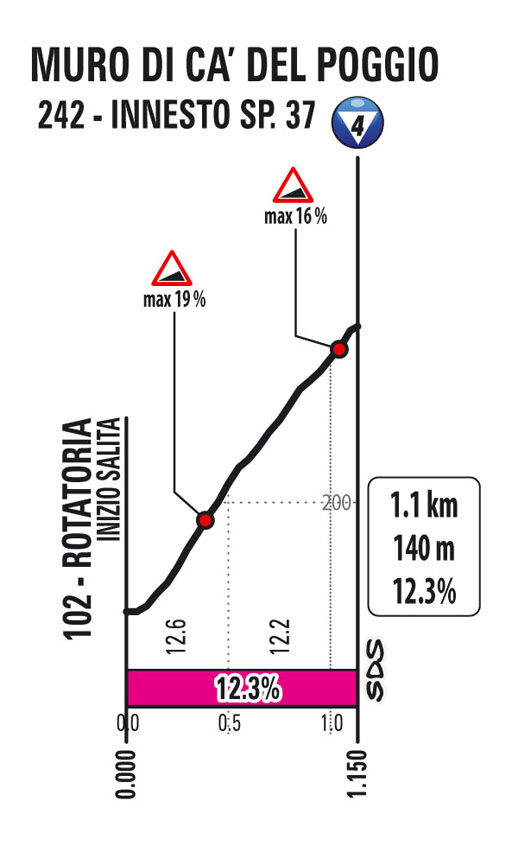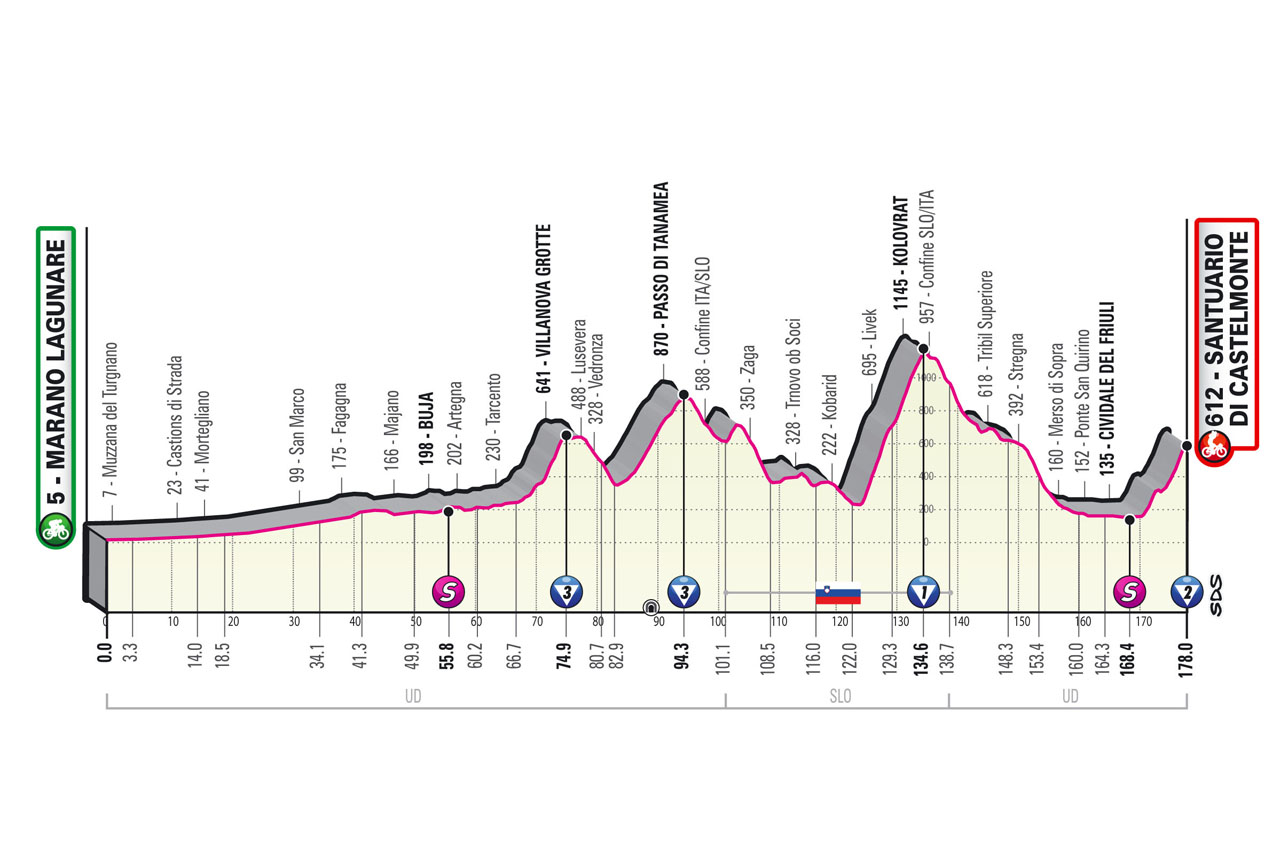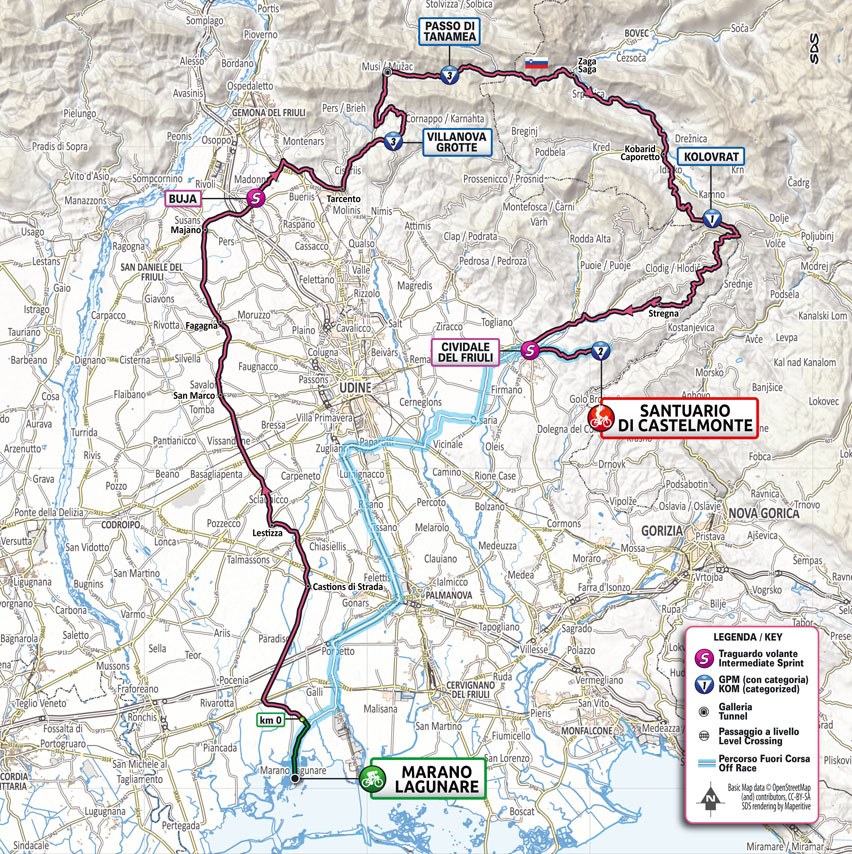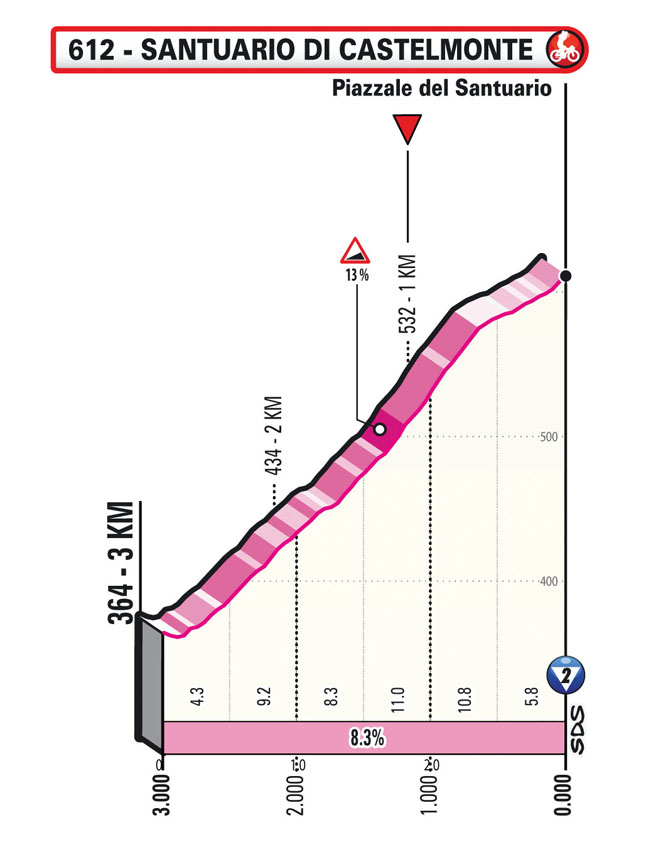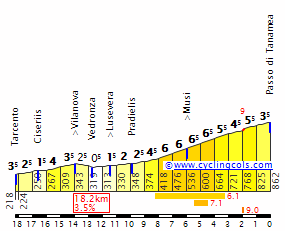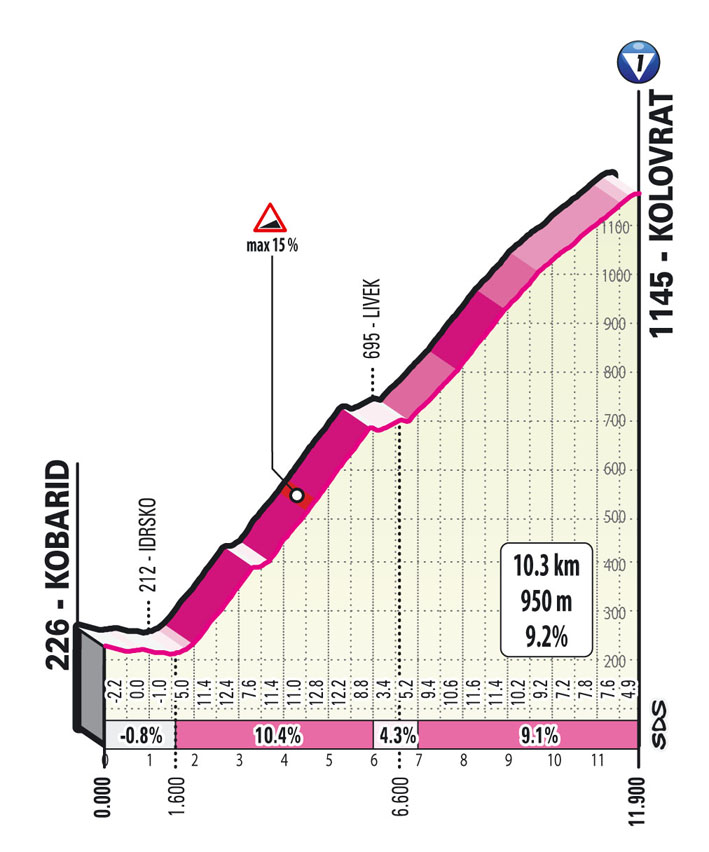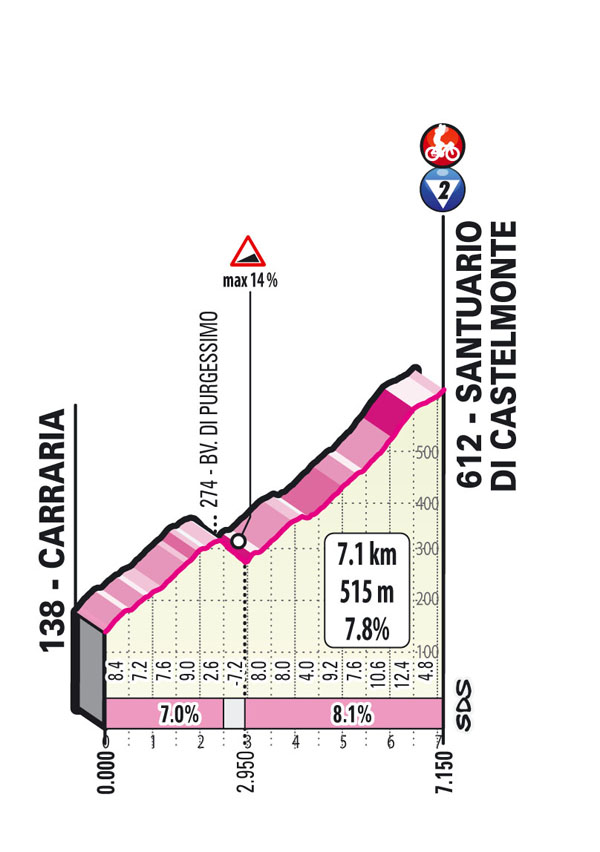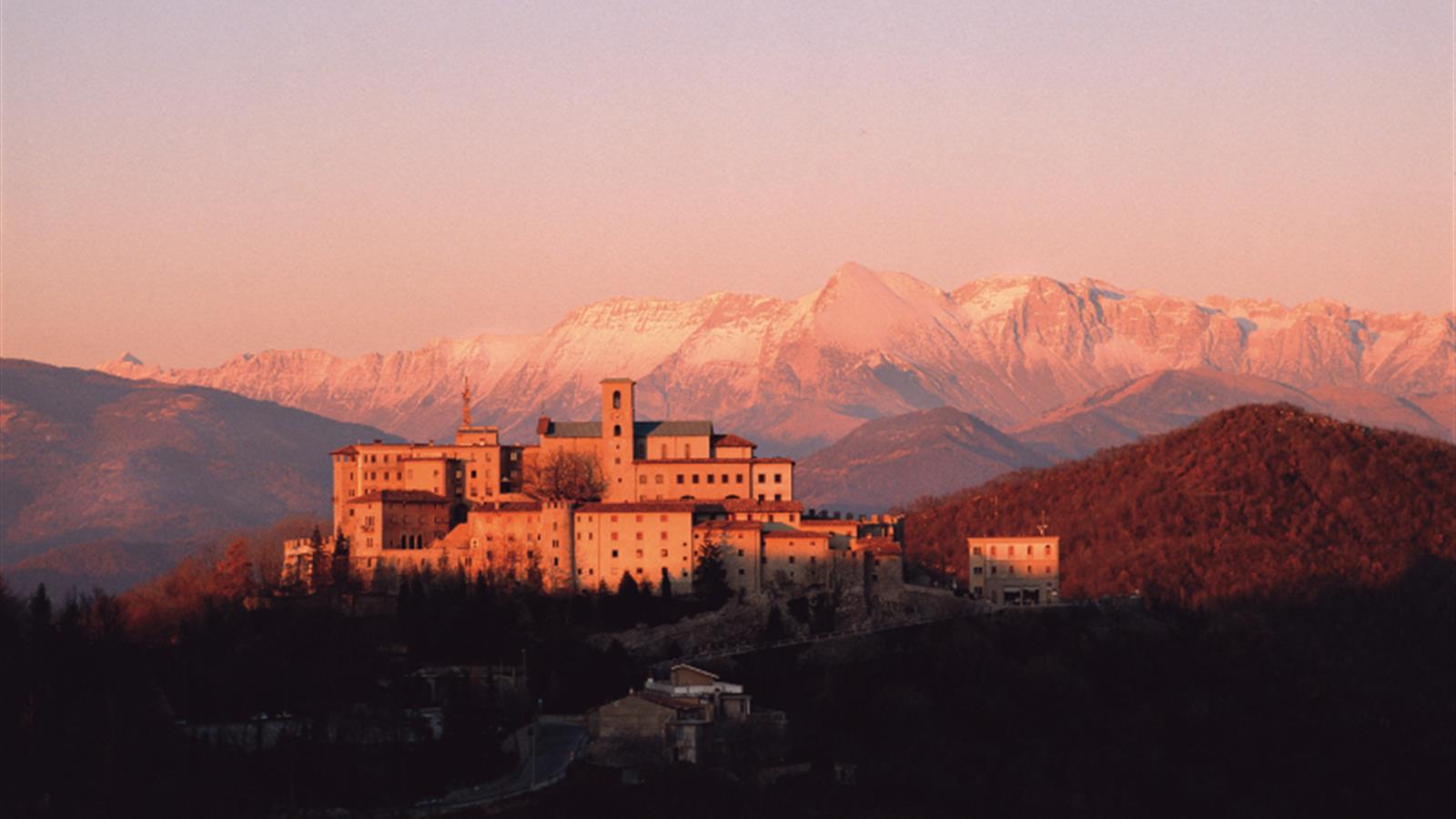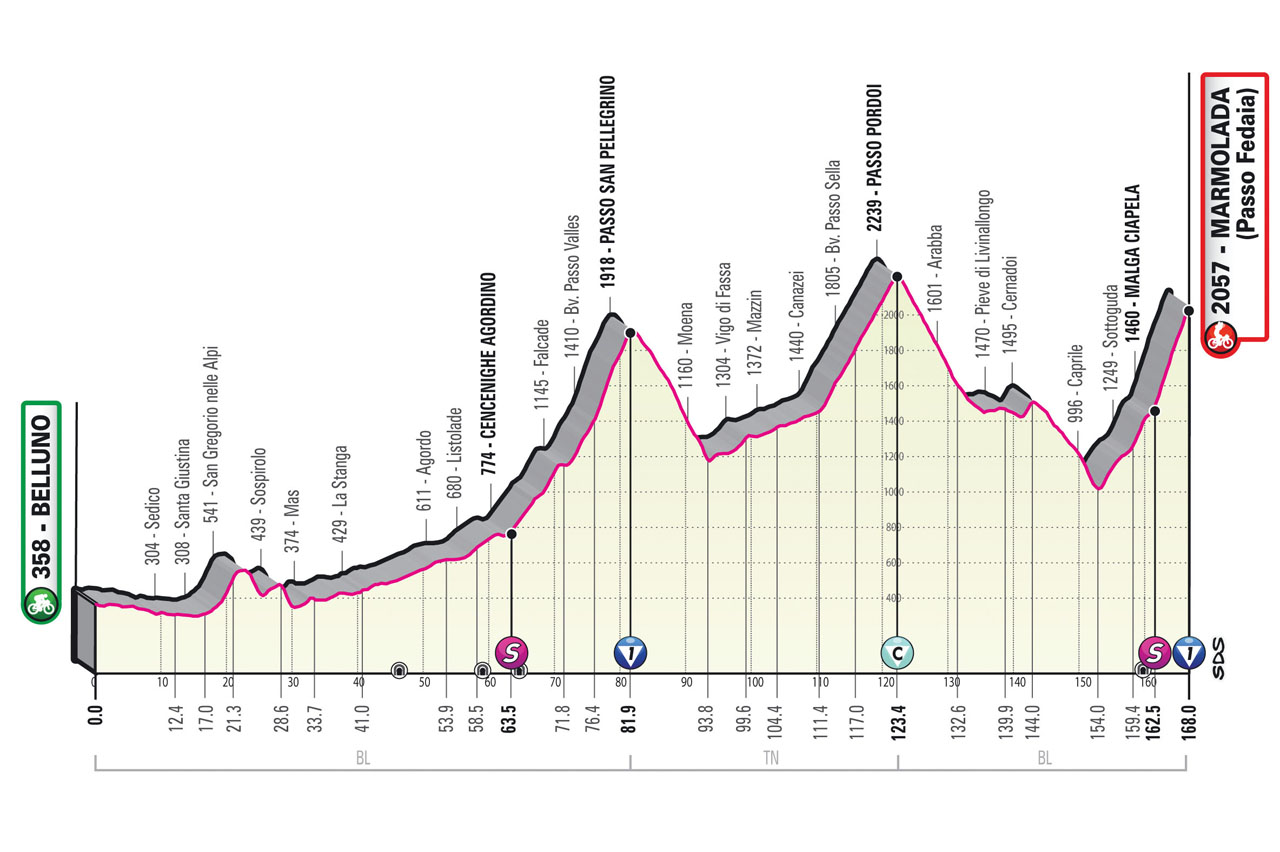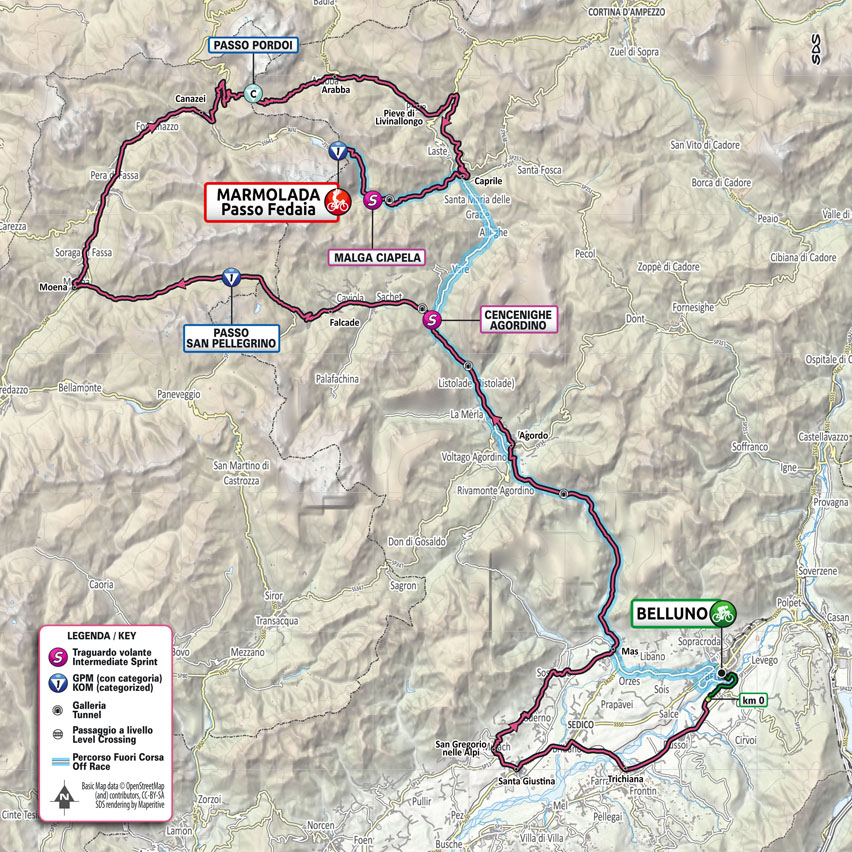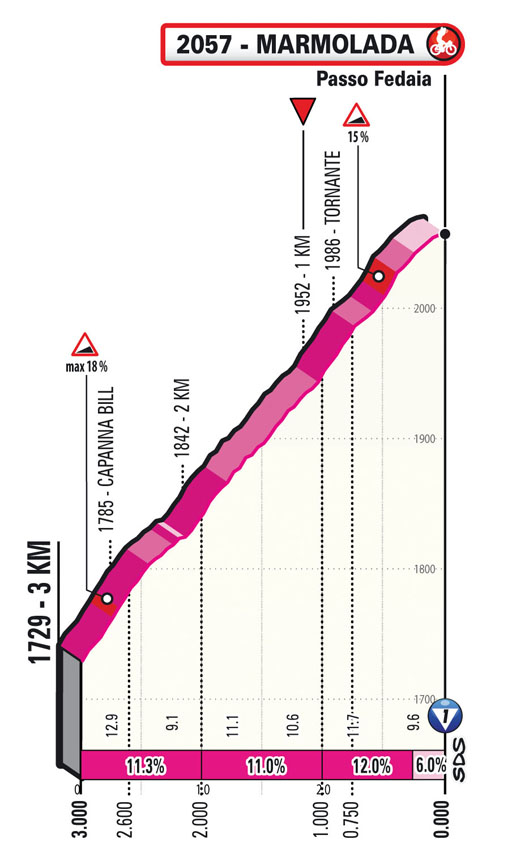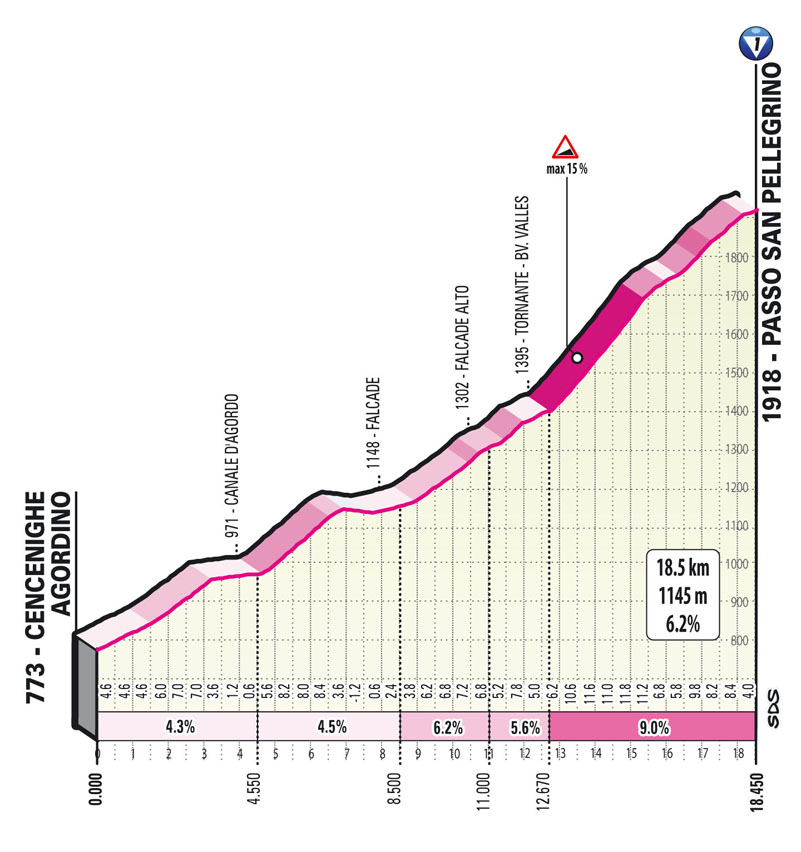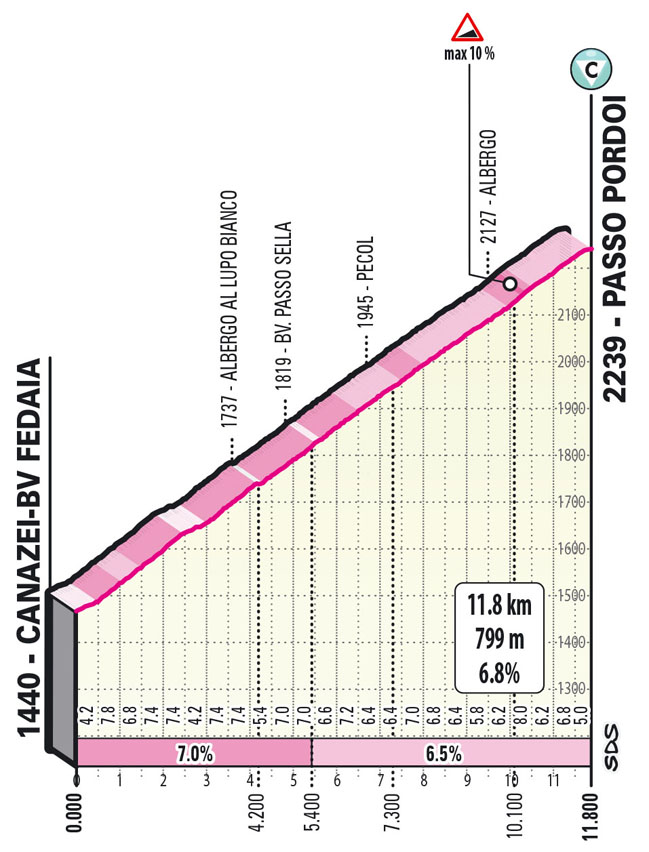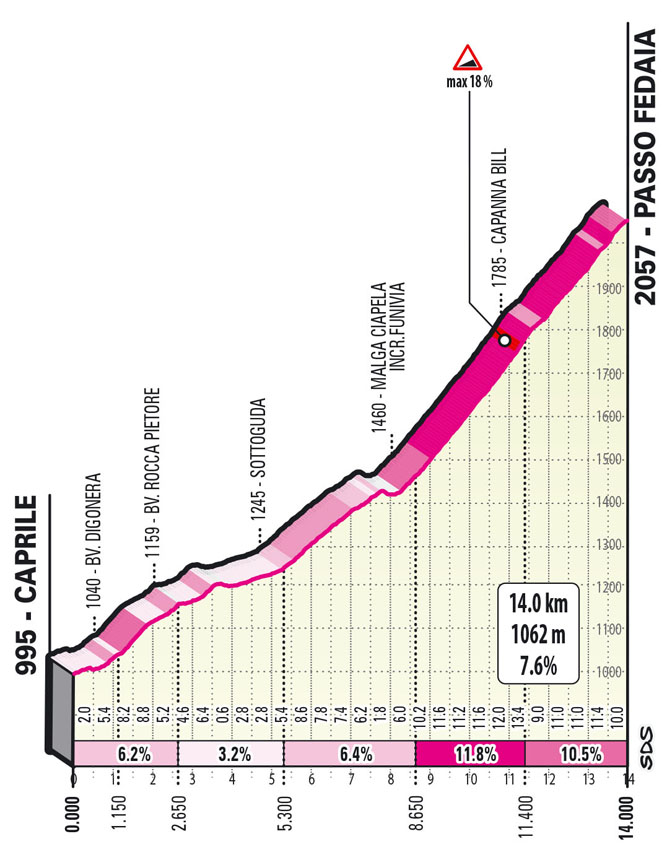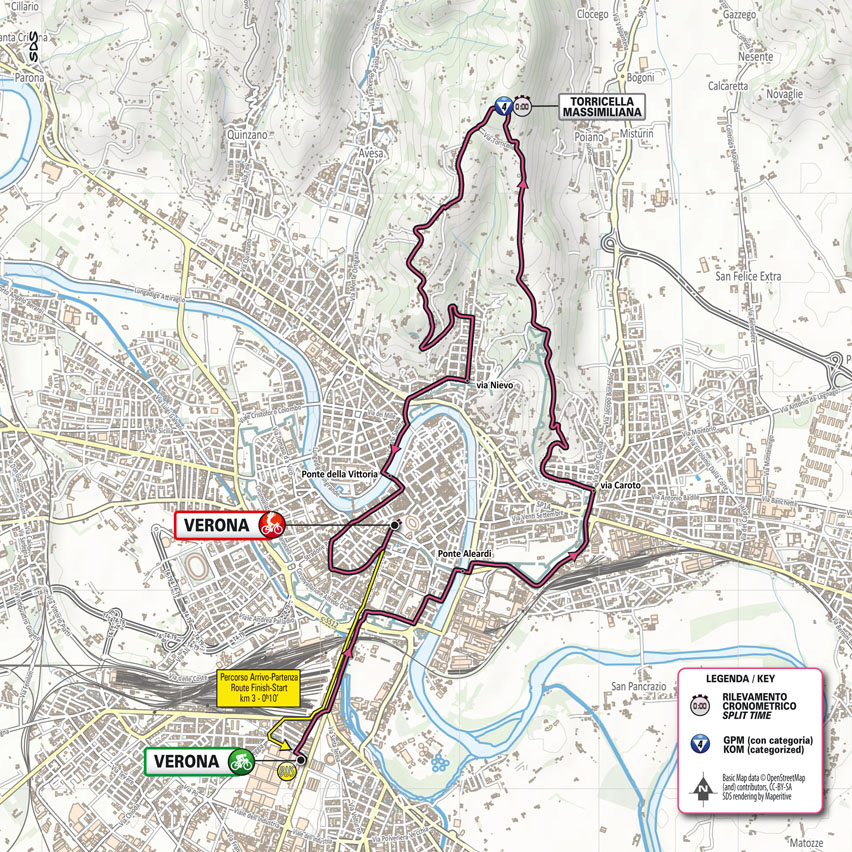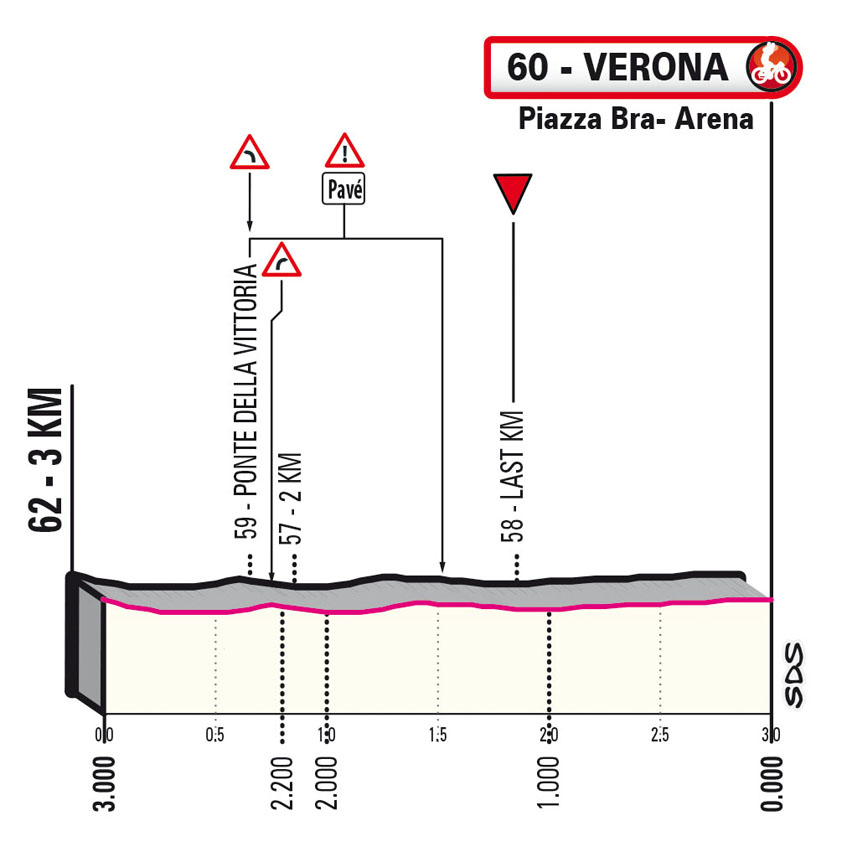When the Grande Partenza from Budapest was unveiled, back in 2019, the world was a very different place. Even the Grande Partenza itself was different, as it was planned to start with an ITT in Budapest, which has now been moved to stage 2. Regardless, after two years it seems we will finally manage to go to Hungary, and then have a rest day to get to Sicily. From there, I can only describe the overall route as very disappointing. There are some good stages here and there of course, as I believe it is statistically impossible to design 21 consecutive bad Giro stages, but this is definitely the wrong direction, especially after an already mediocre route in 2021, coming from two pretty good ones. A shame. It seems more and more that what really governs the Giro are the whims of whichever politician/local administrator is willing to pay for a stage, and the organizers are there only to connect point A with point B on the map. Sometimes they mess up even that, as two stages have been entirely redesigned after the presentation to an extent that makes you doubt if the originally presented version was ever really considered feasible at all, or if it was just a placeholder. Moreover, the climbs categorization has by now reached a level of nonsense that shouldn’t even be possible. In any case, the biggest problem of this route is obviously the lack of time trialling, with the lowest amount of TTing km in recent times, as well as the insufficient length of most stages, and their overall quality as well, even if as I said there are a few really good ones. Whatever. Luckily (or, well, sadly) this is absolutely not the worst GT route of this year  so let’s hope we are going to get a good spectacle. The field seems to be pretty good and there is more than enough terrain to put on a show. Hopefully the riders want to race this year and we actually see the Fedaia…
so let’s hope we are going to get a good spectacle. The field seems to be pretty good and there is more than enough terrain to put on a show. Hopefully the riders want to race this year and we actually see the Fedaia…
STAGES
Stage 1
Stage 2
Stage 3
Stage 4
Stage 5
Stage 6
Stage 7
Stage 8
Stage 9
Stage 10
Stage 11
Stage 12
Stage 13
Stage 14
Stage 15
Stage 16
Stage 17
Stage 18
Stage 19
Stage 20
Stage 21

STAGES
Stage 1
Stage 2
Stage 3
Stage 4
Stage 5
Stage 6
Stage 7
Stage 8
Stage 9
Stage 10
Stage 11
Stage 12
Stage 13
Stage 14
Stage 15
Stage 16
Stage 17
Stage 18
Stage 19
Stage 20
Stage 21

Last edited:


